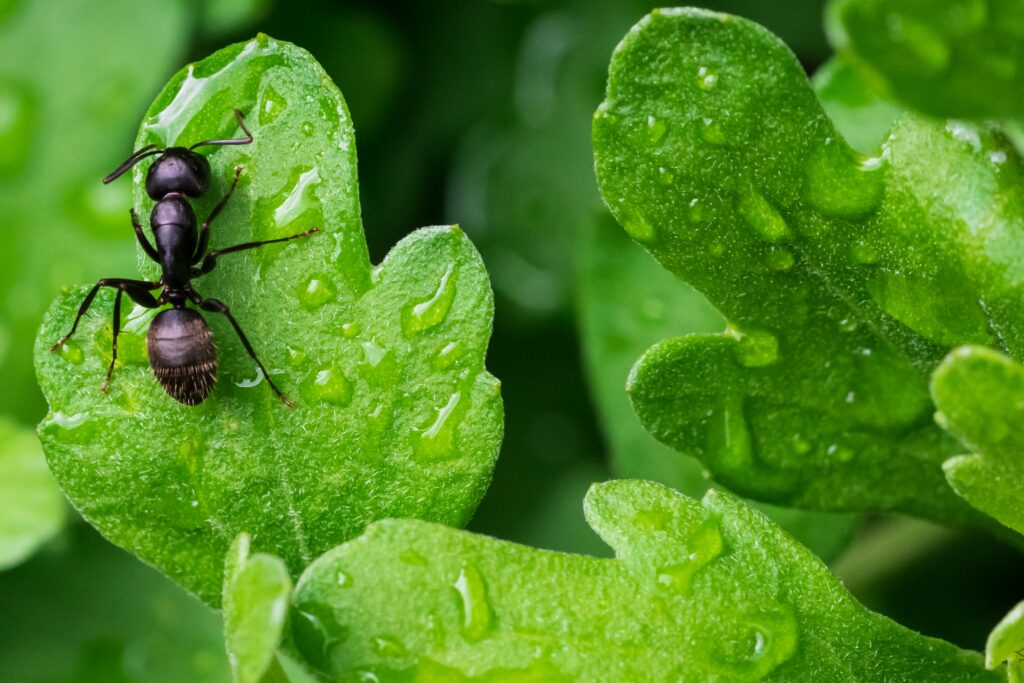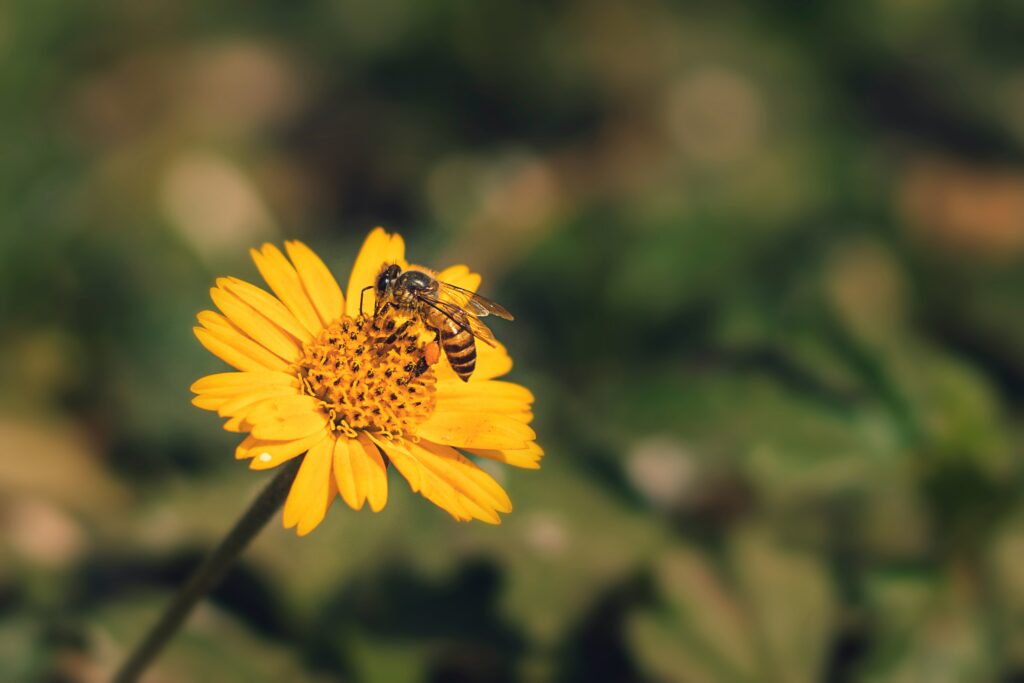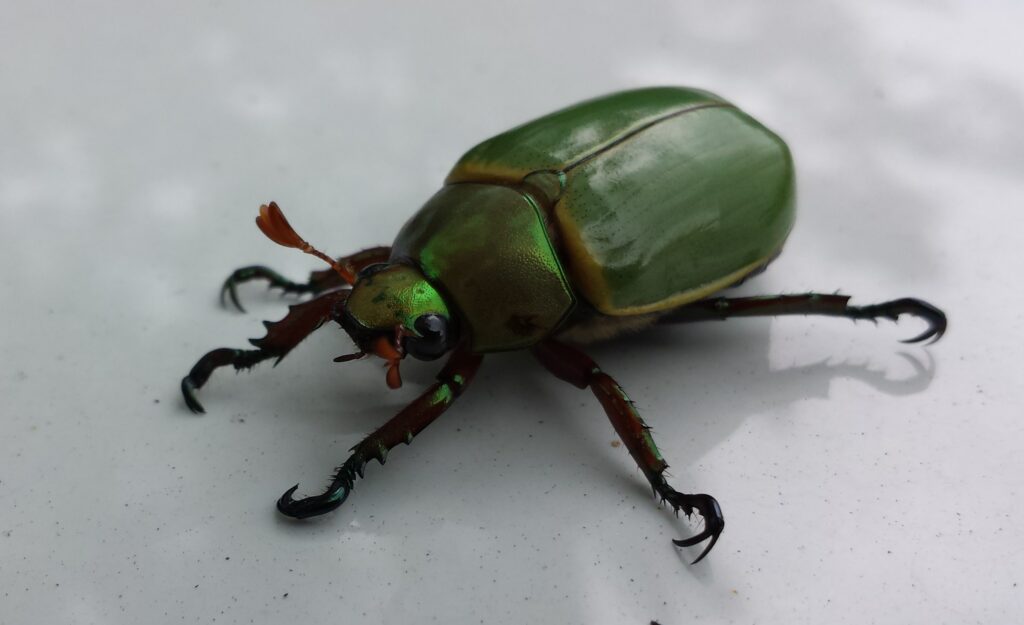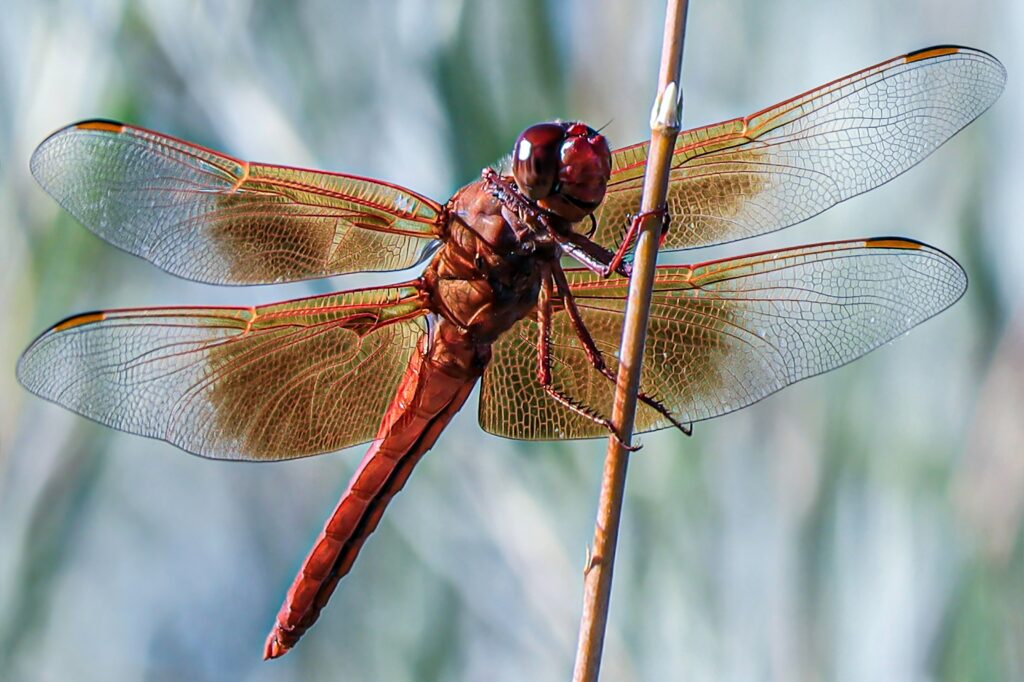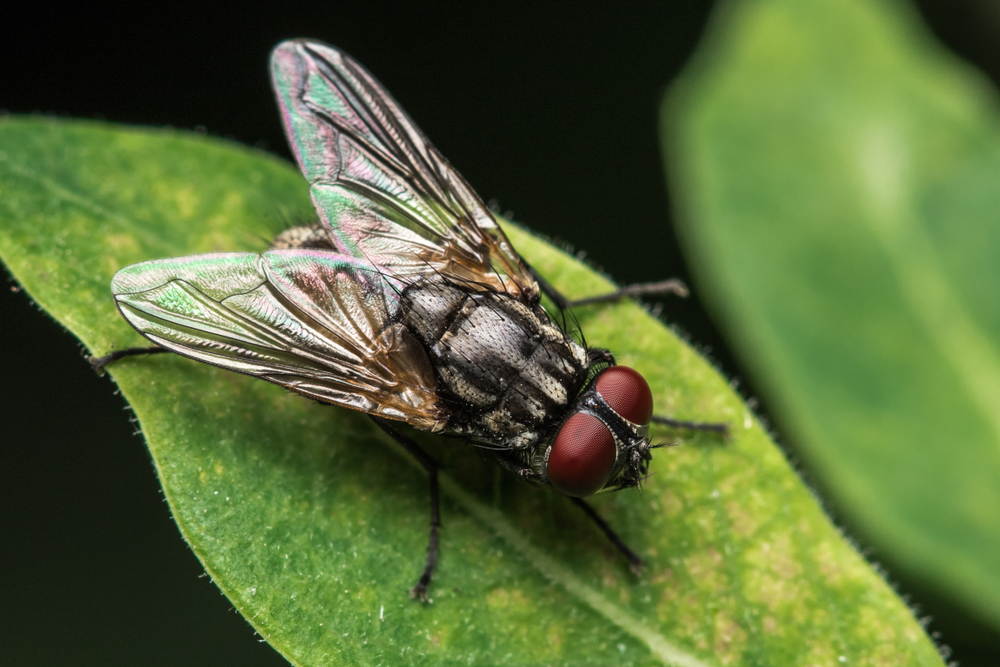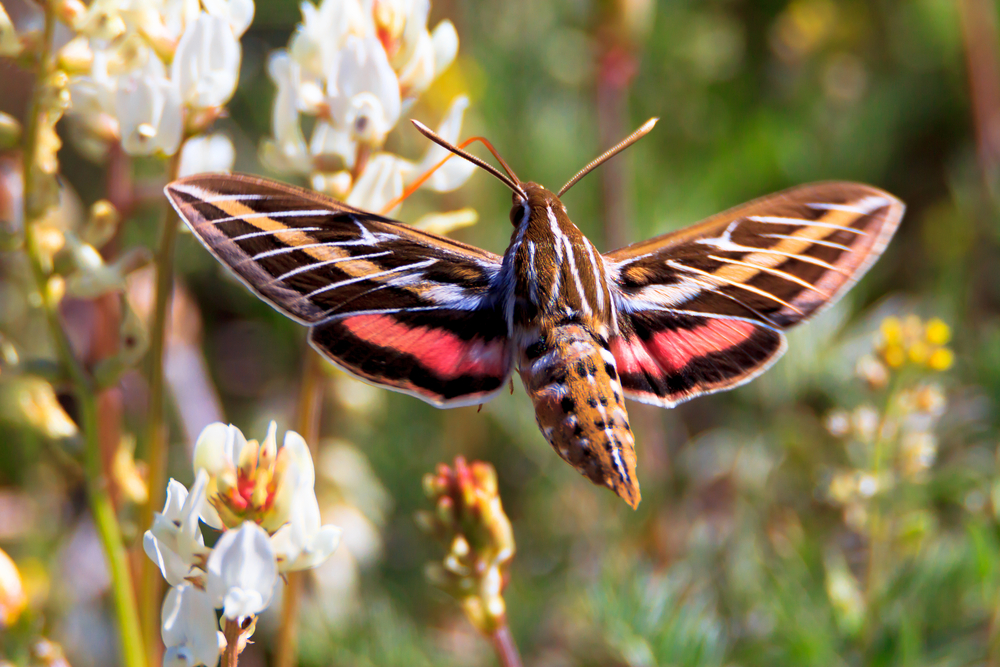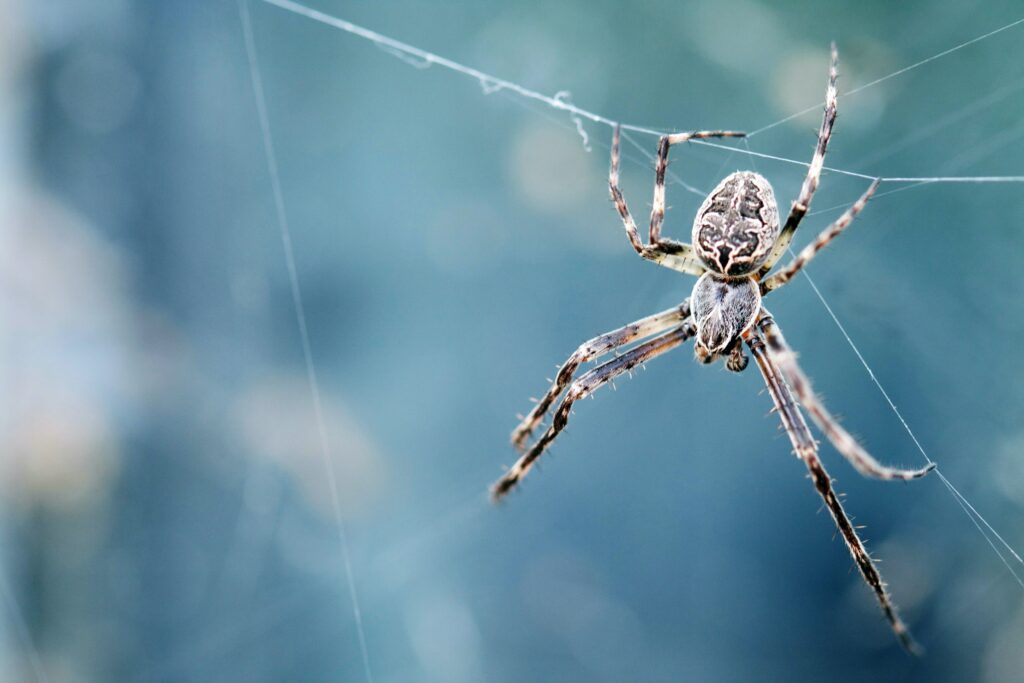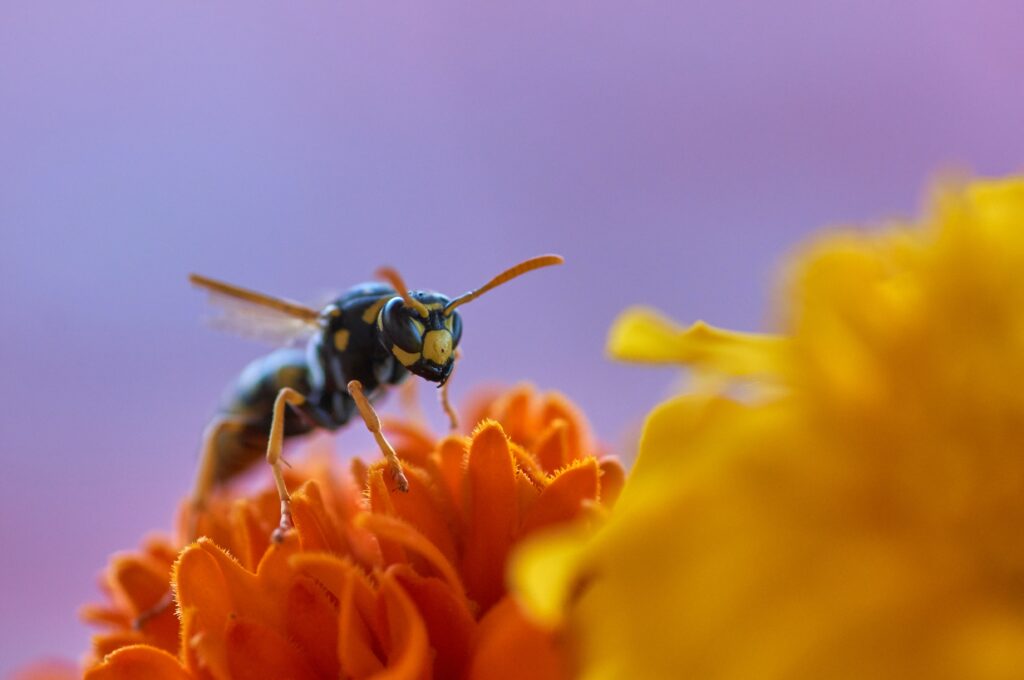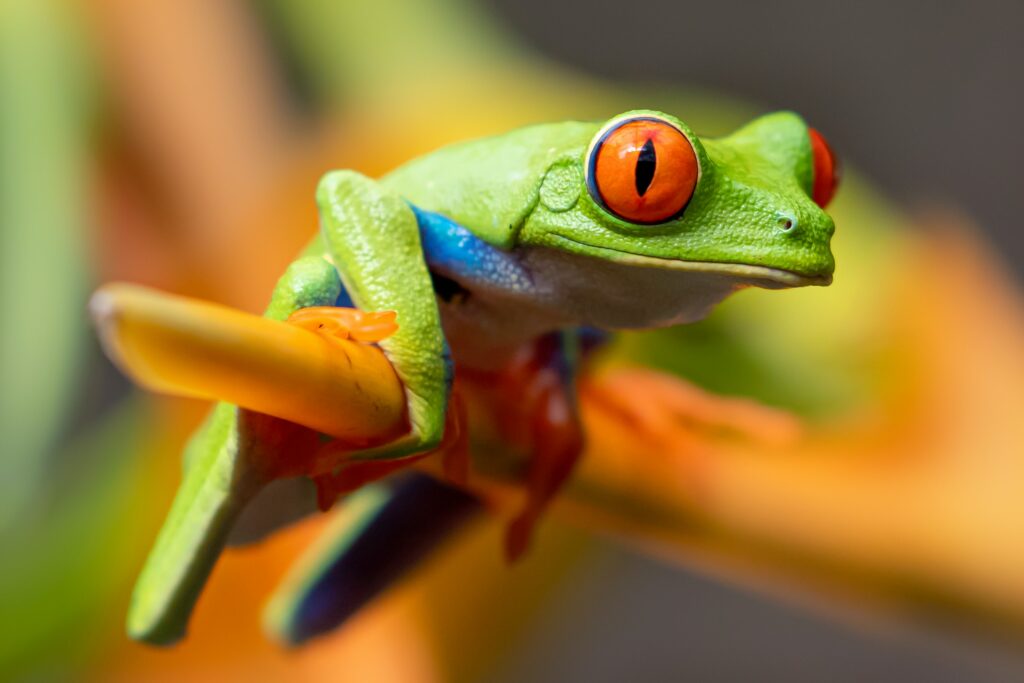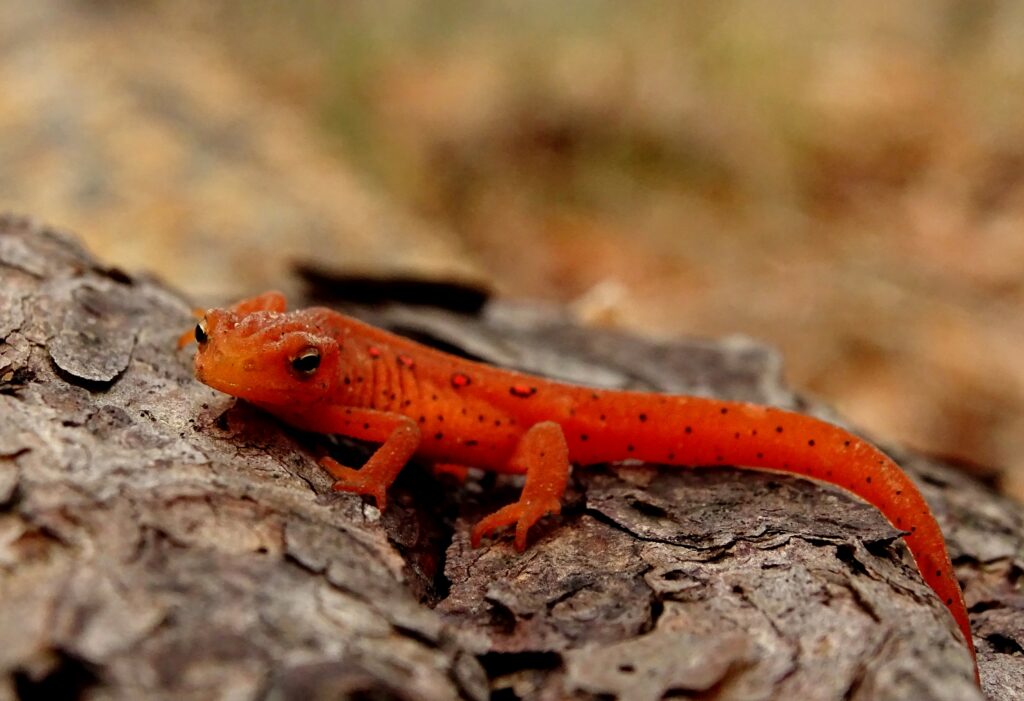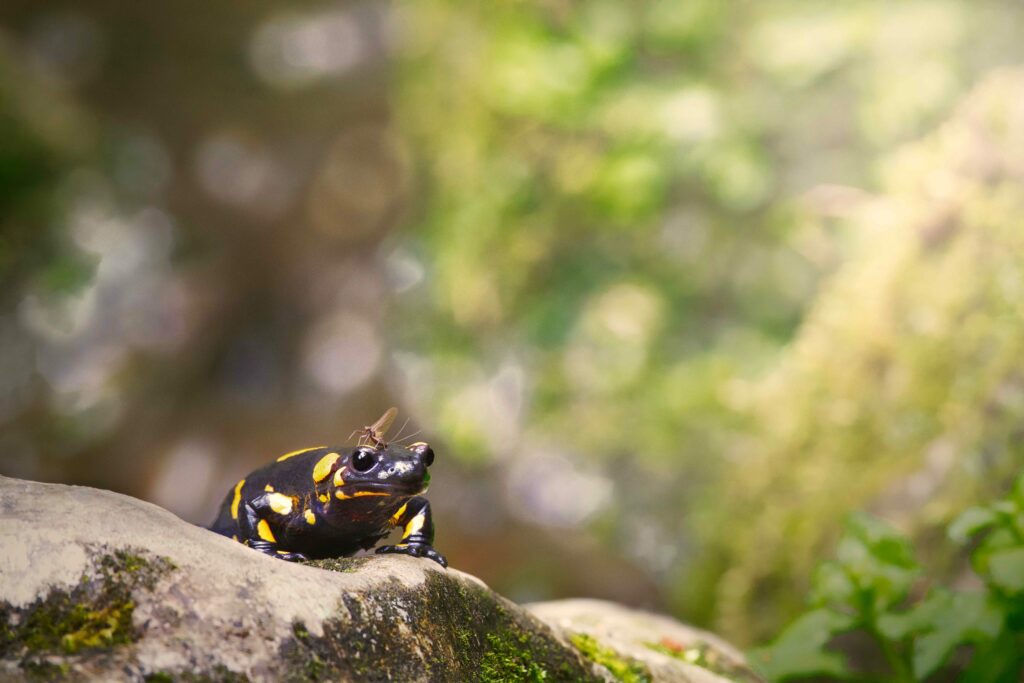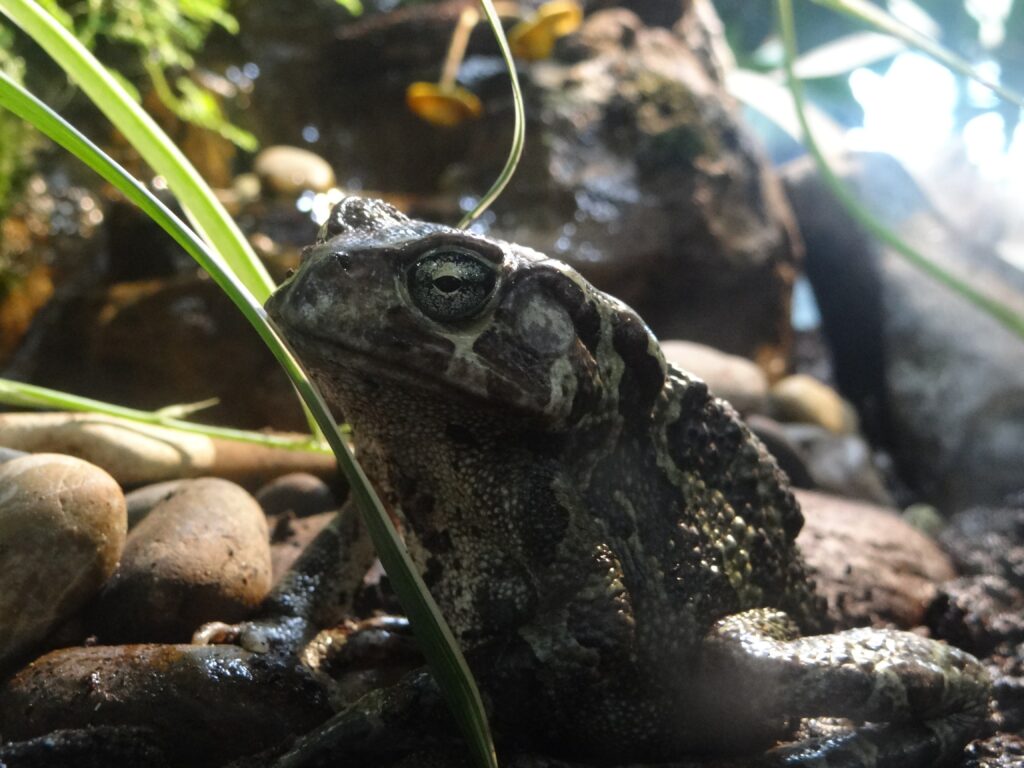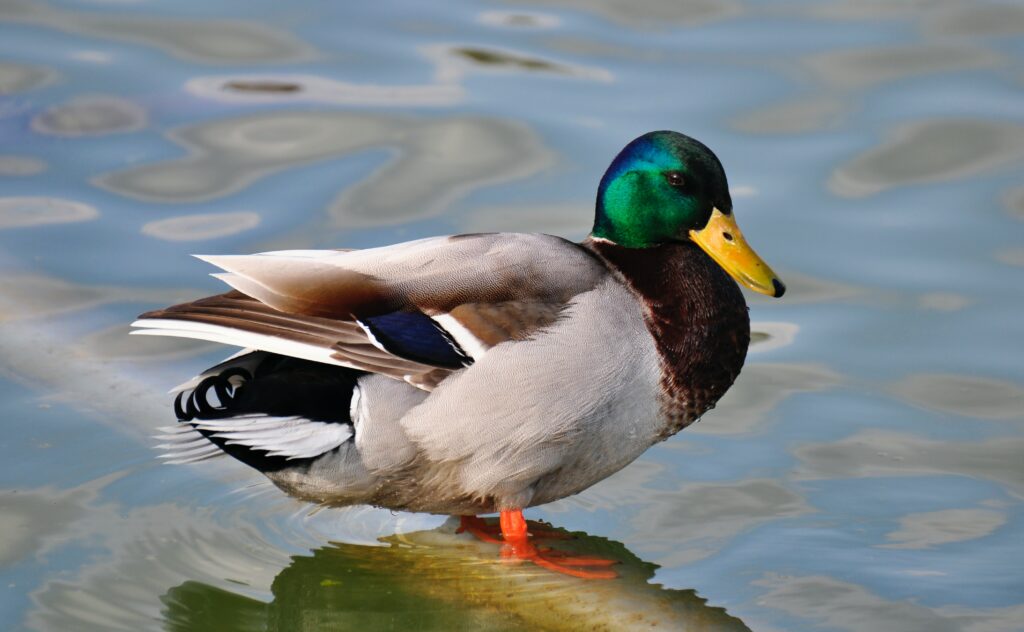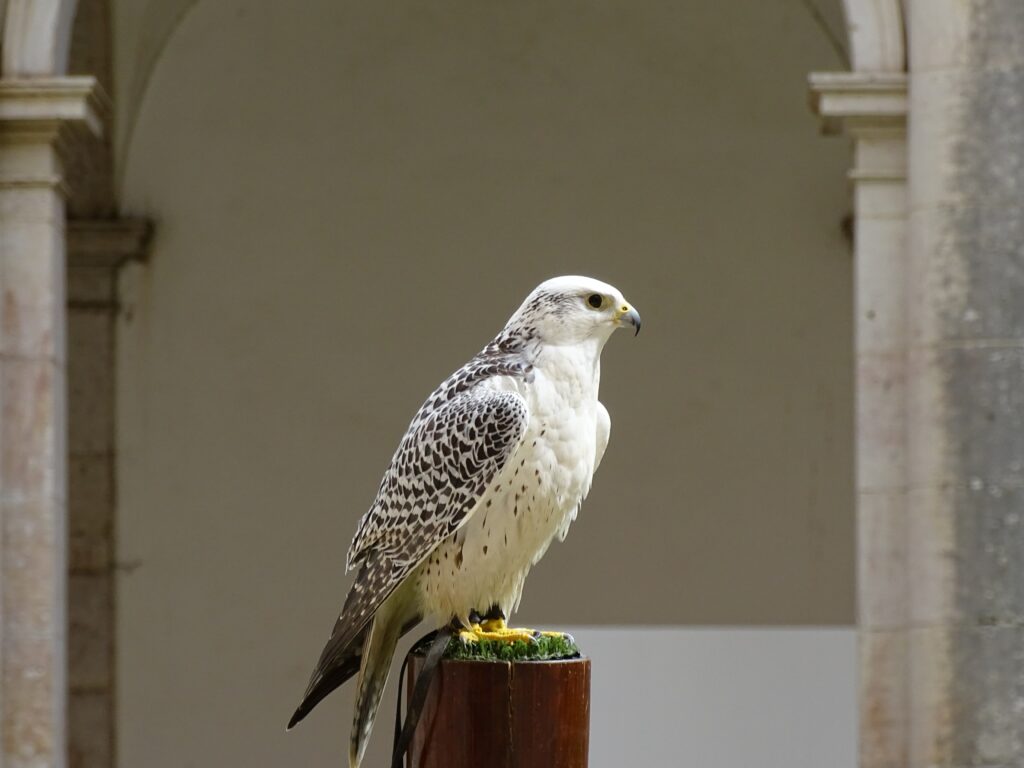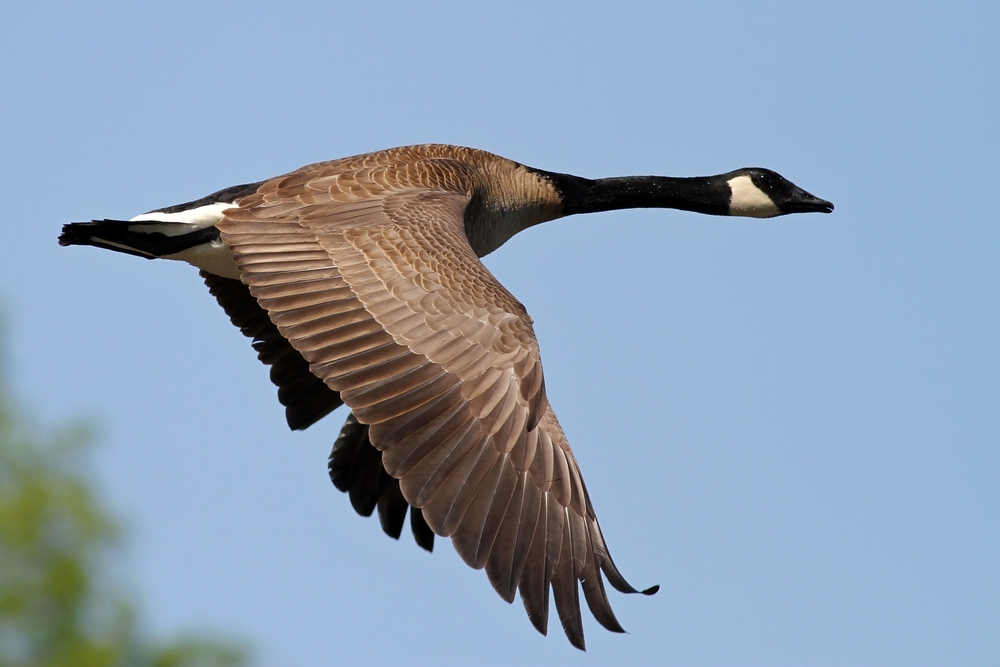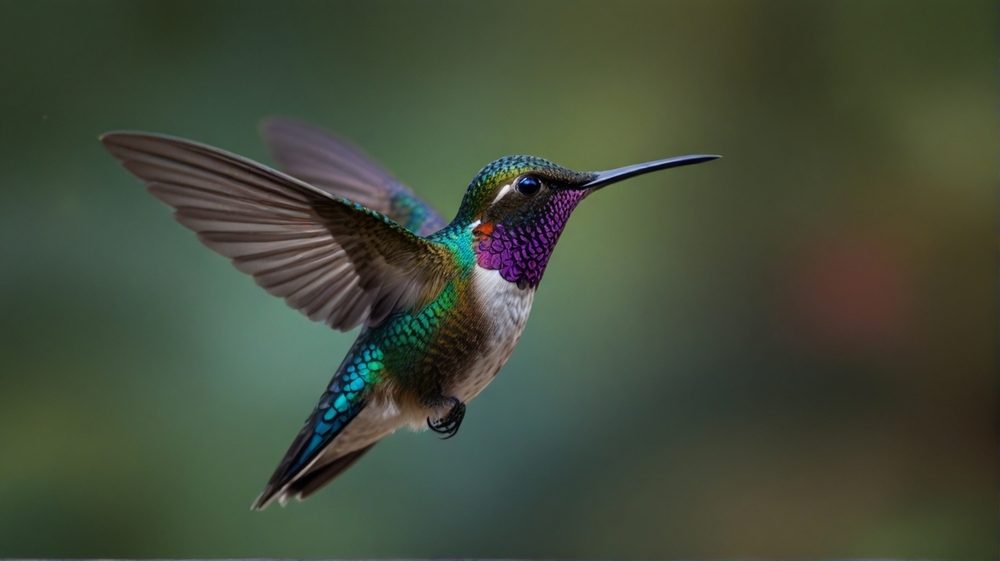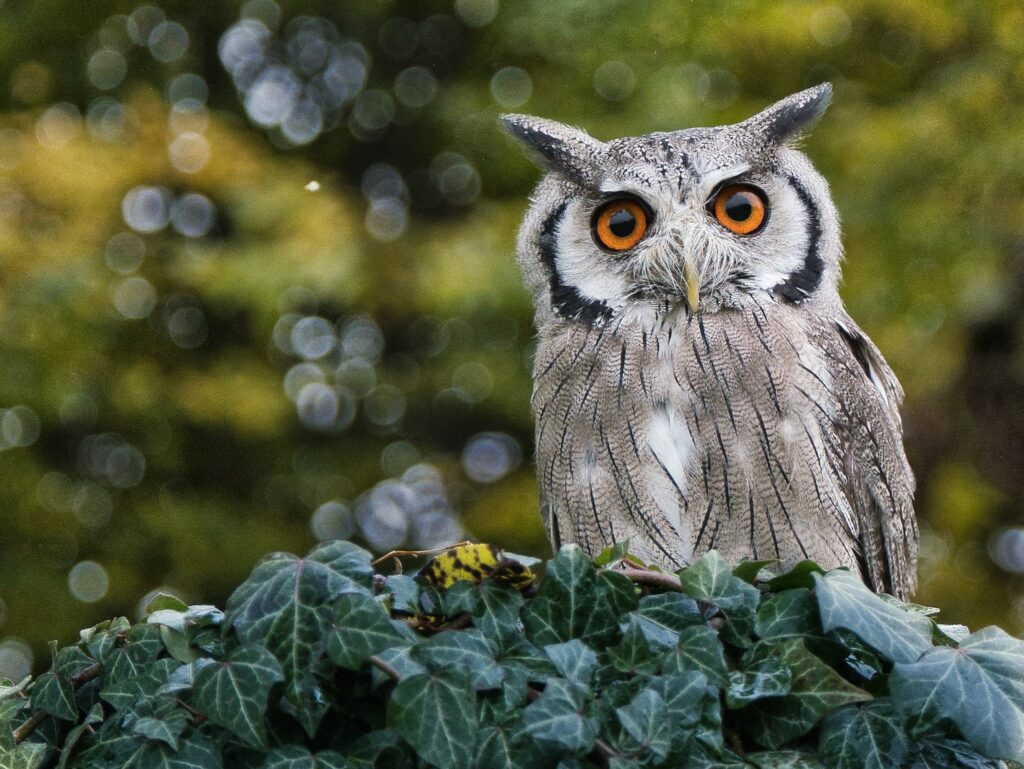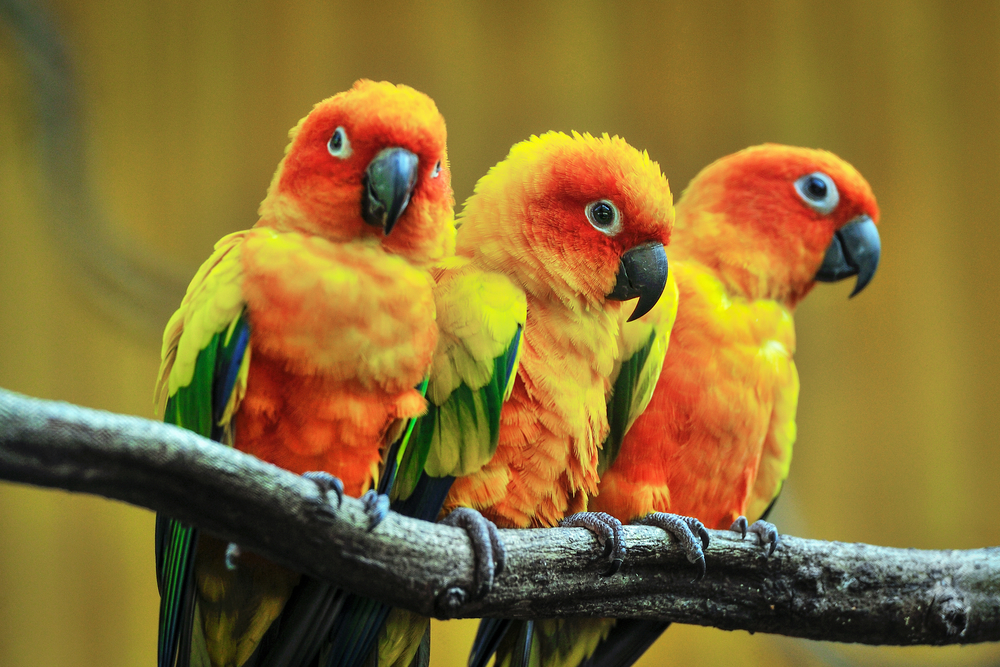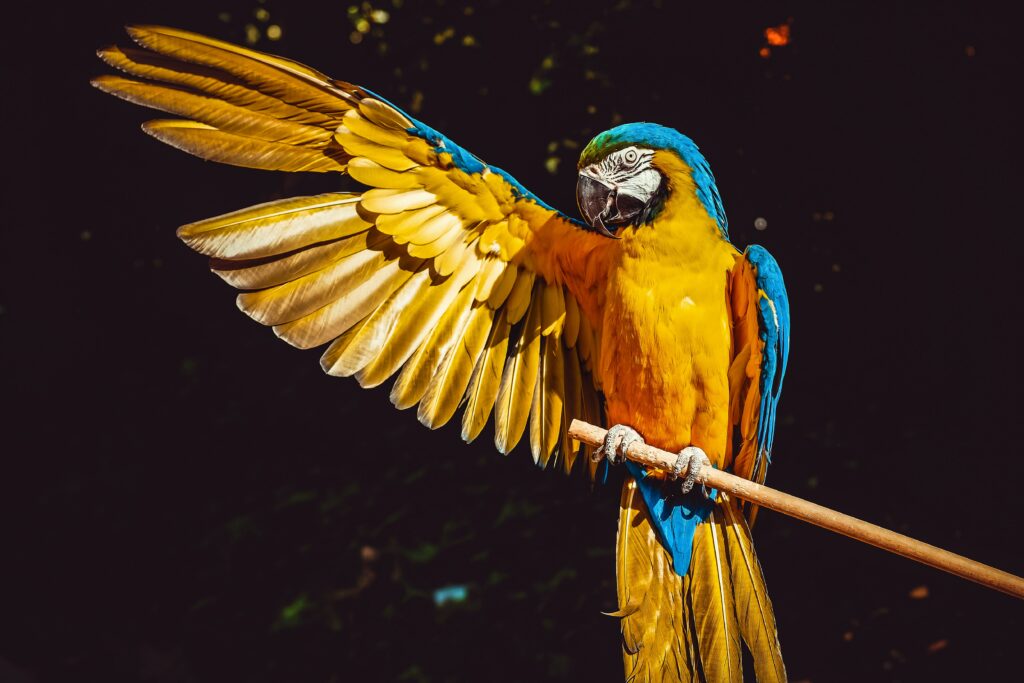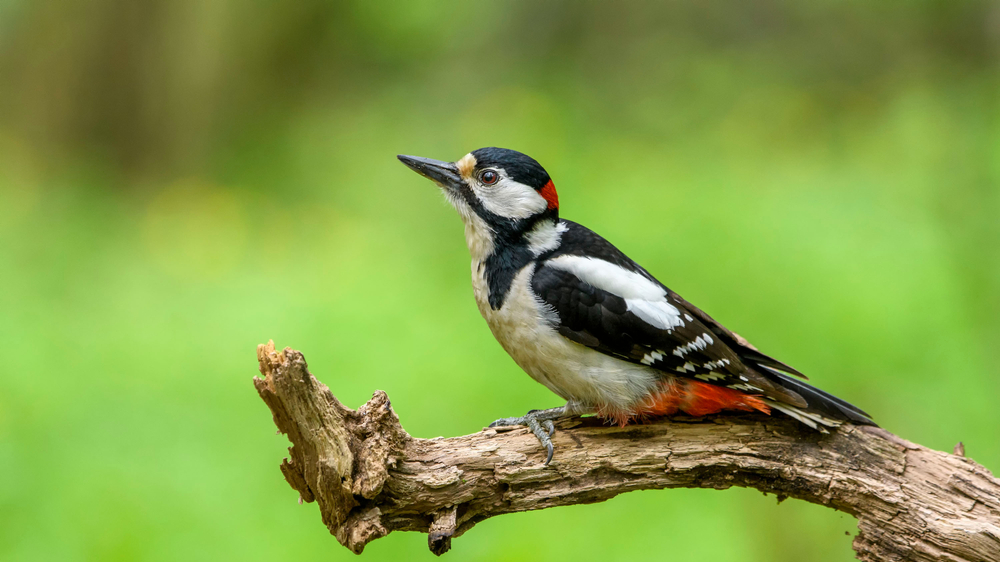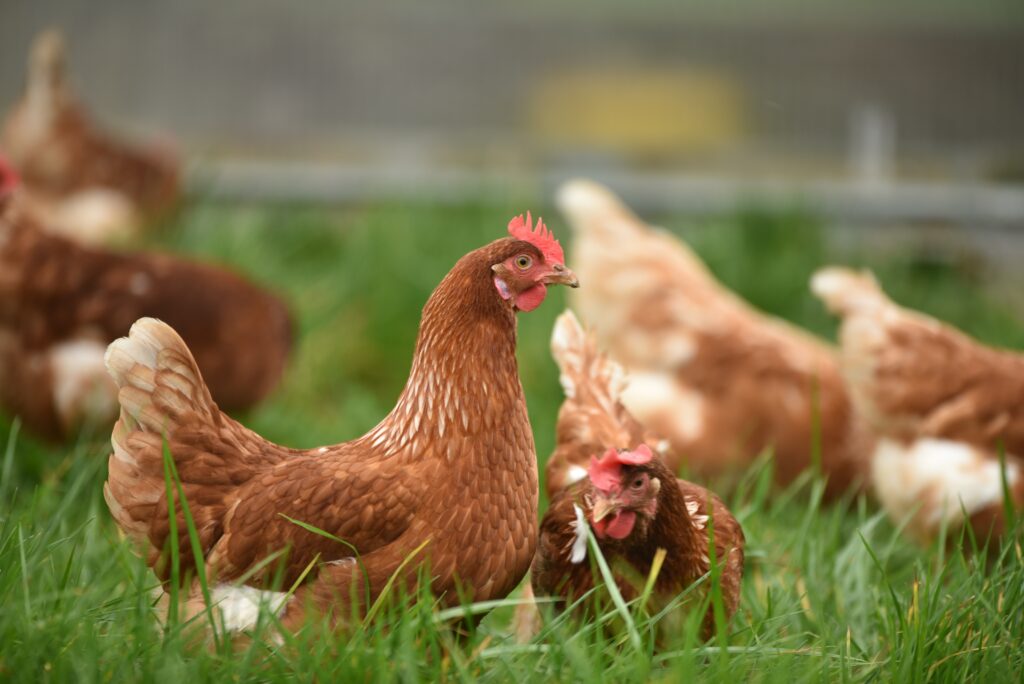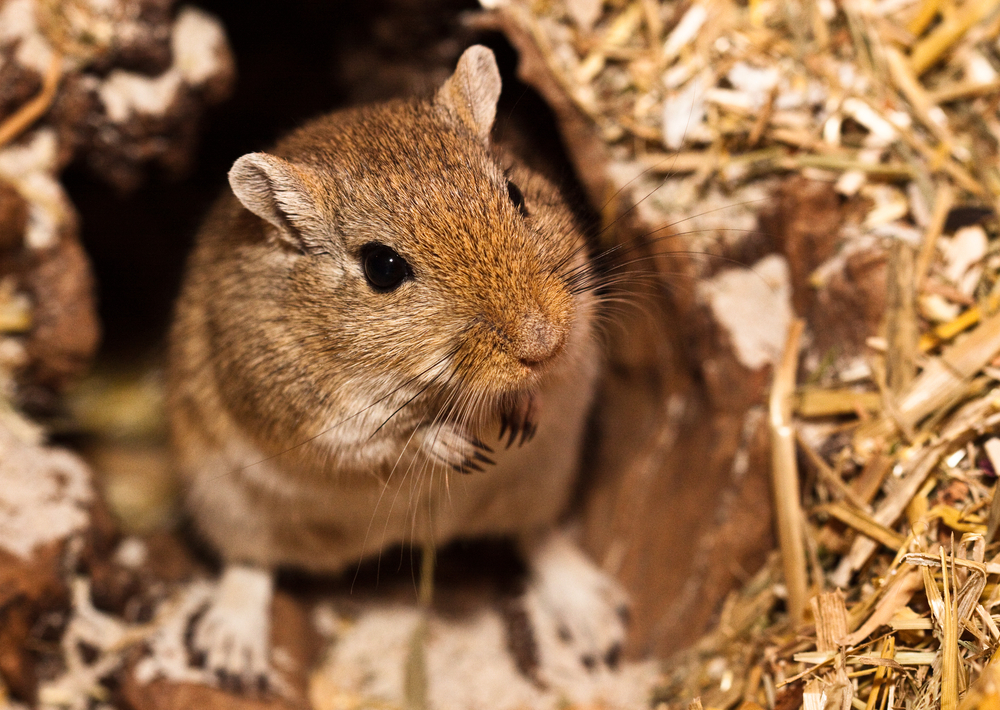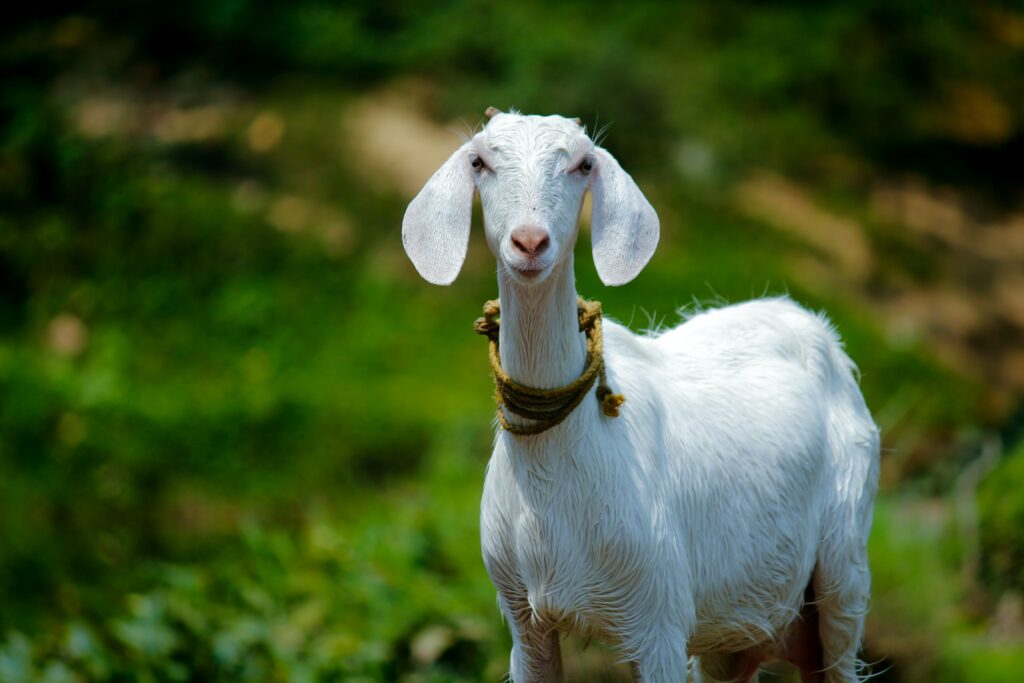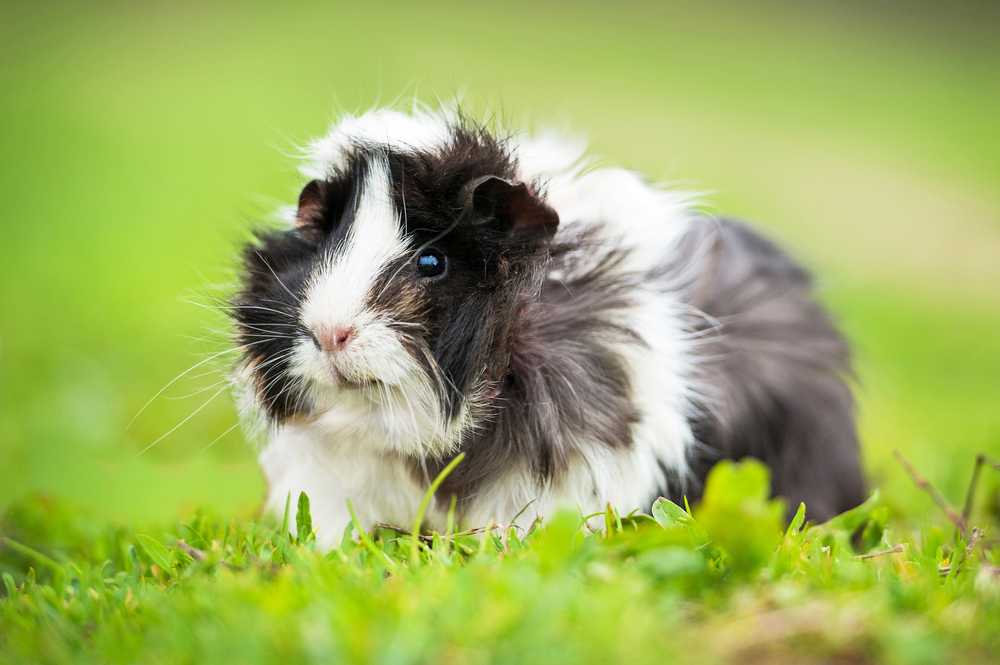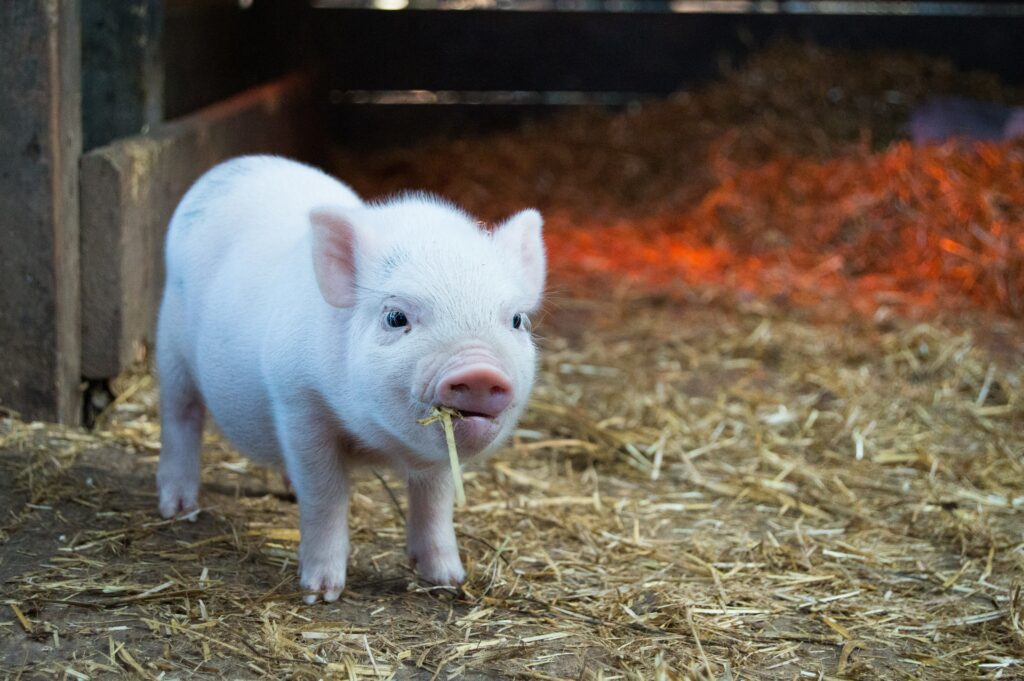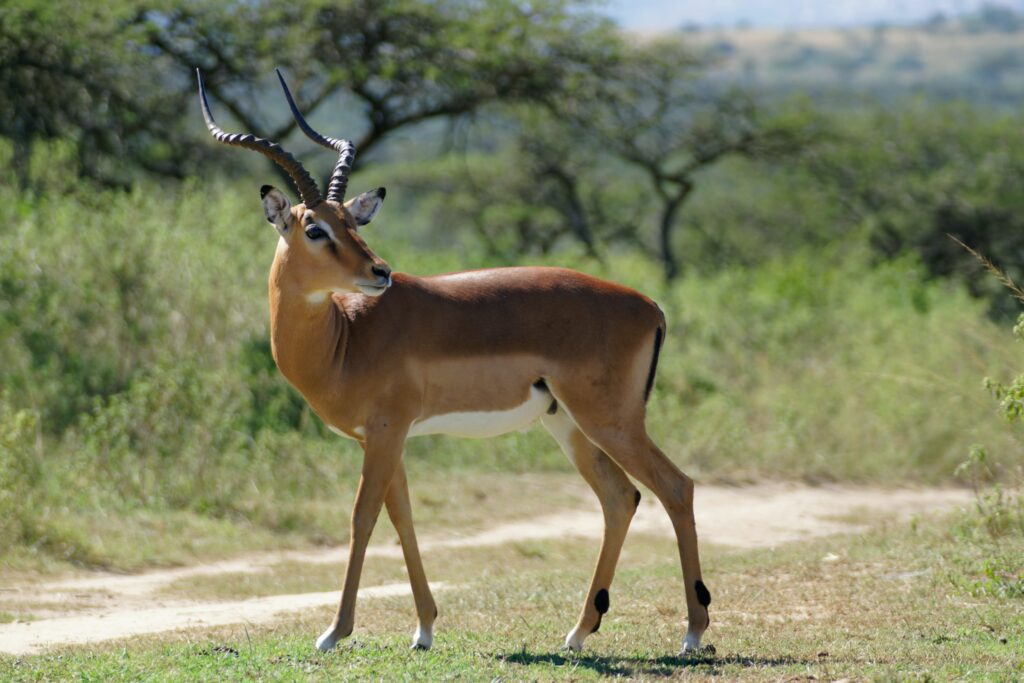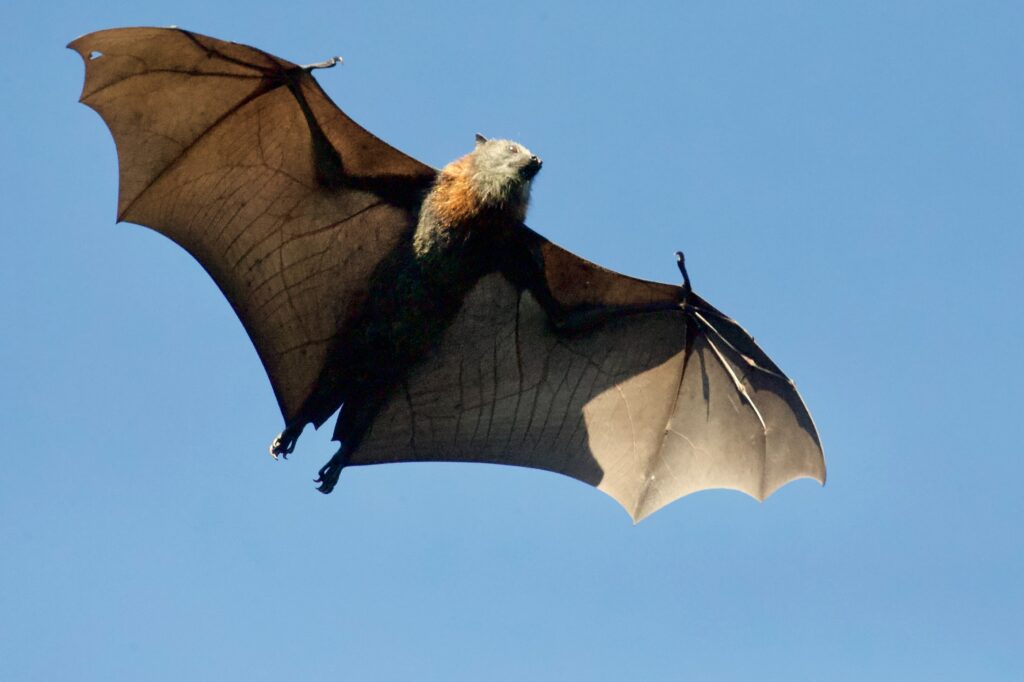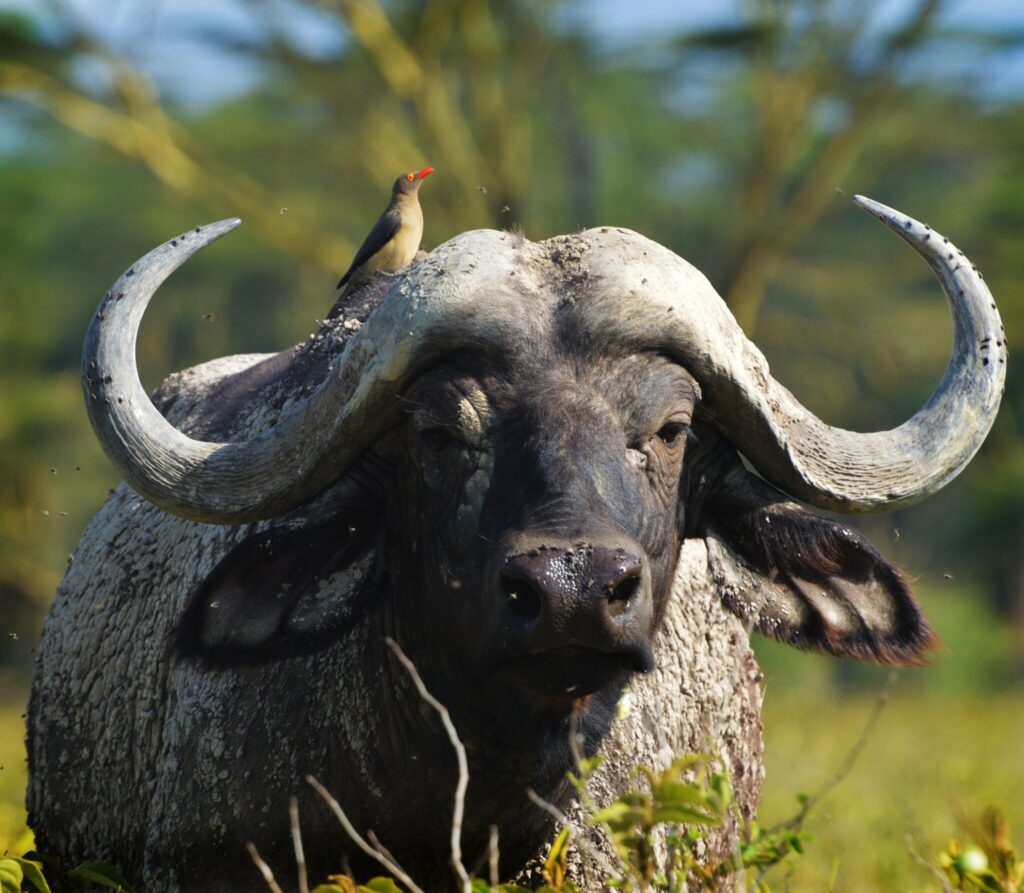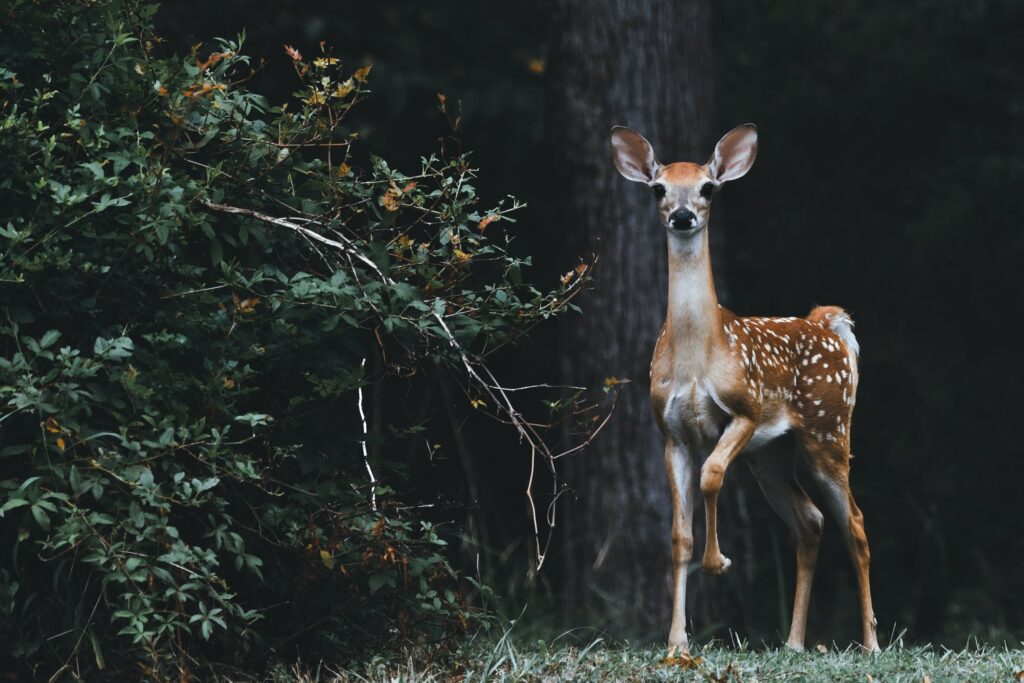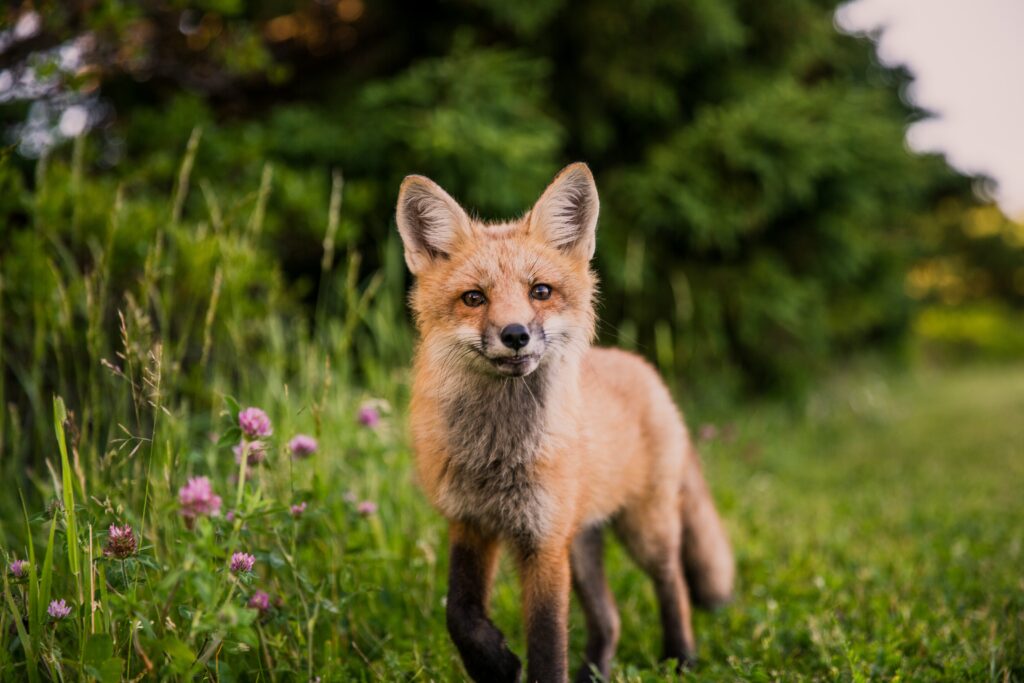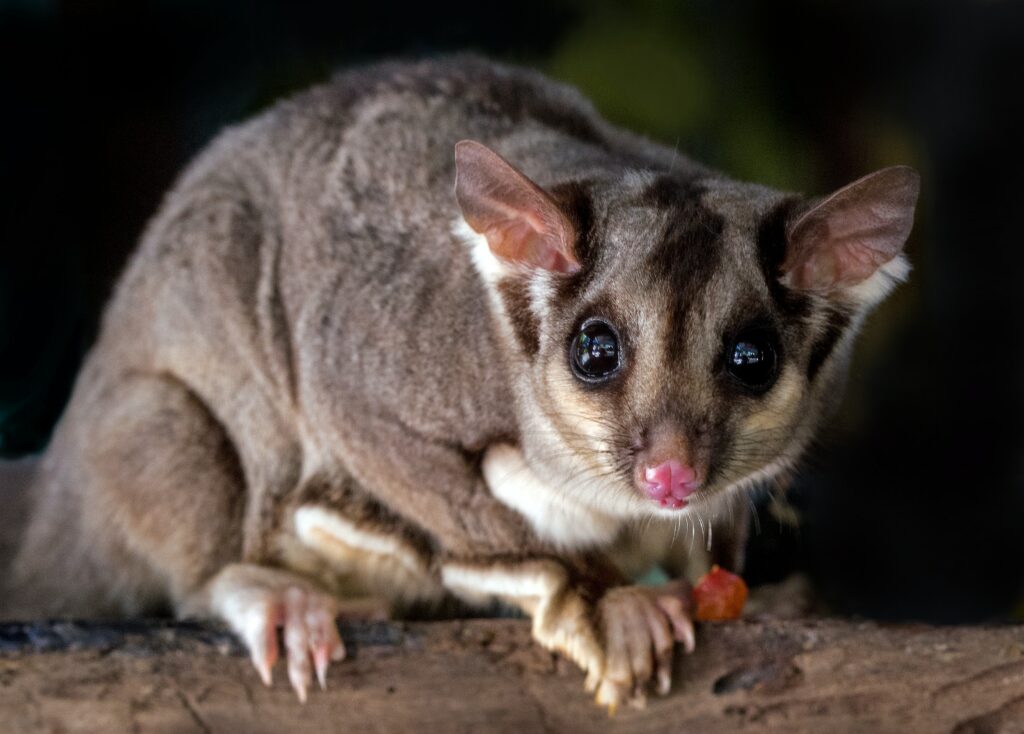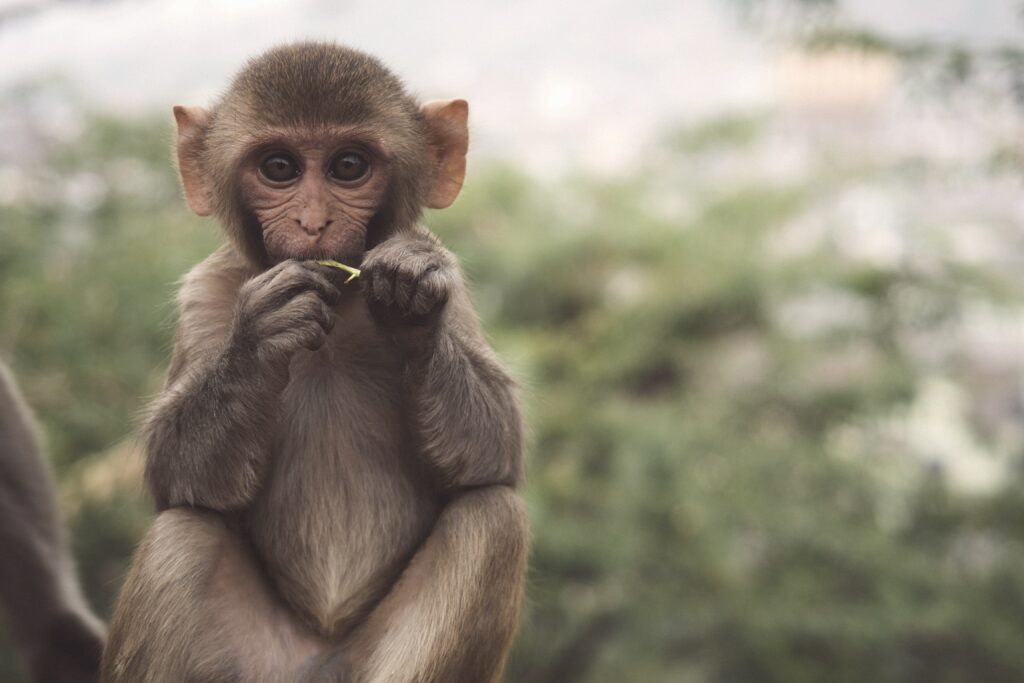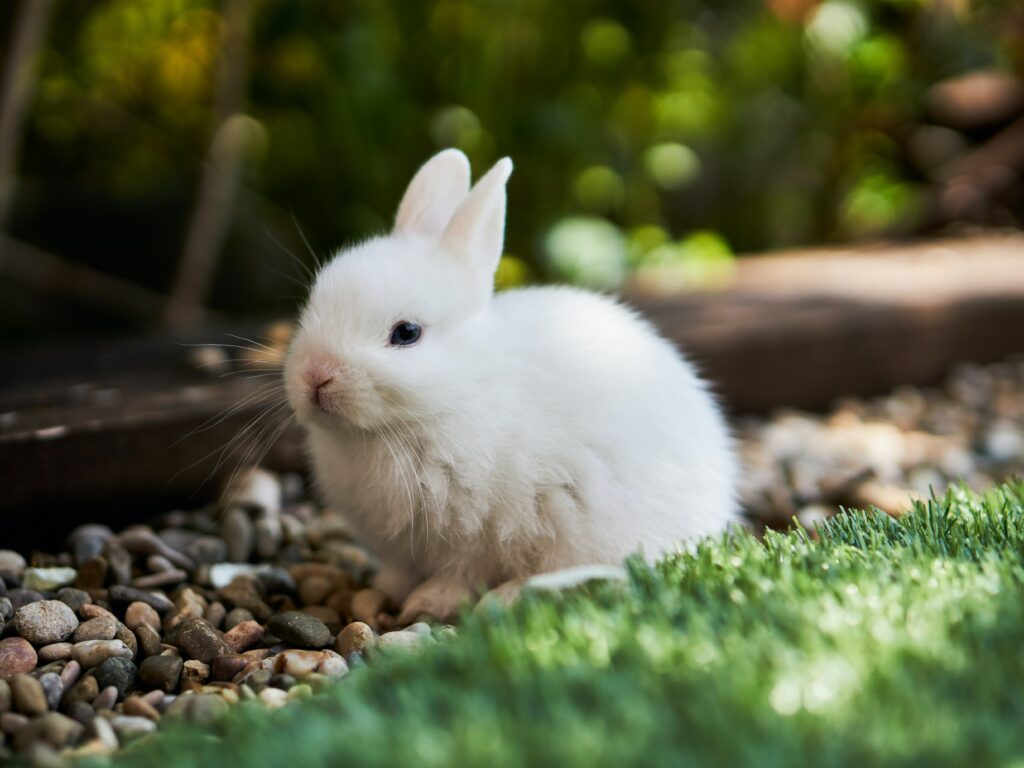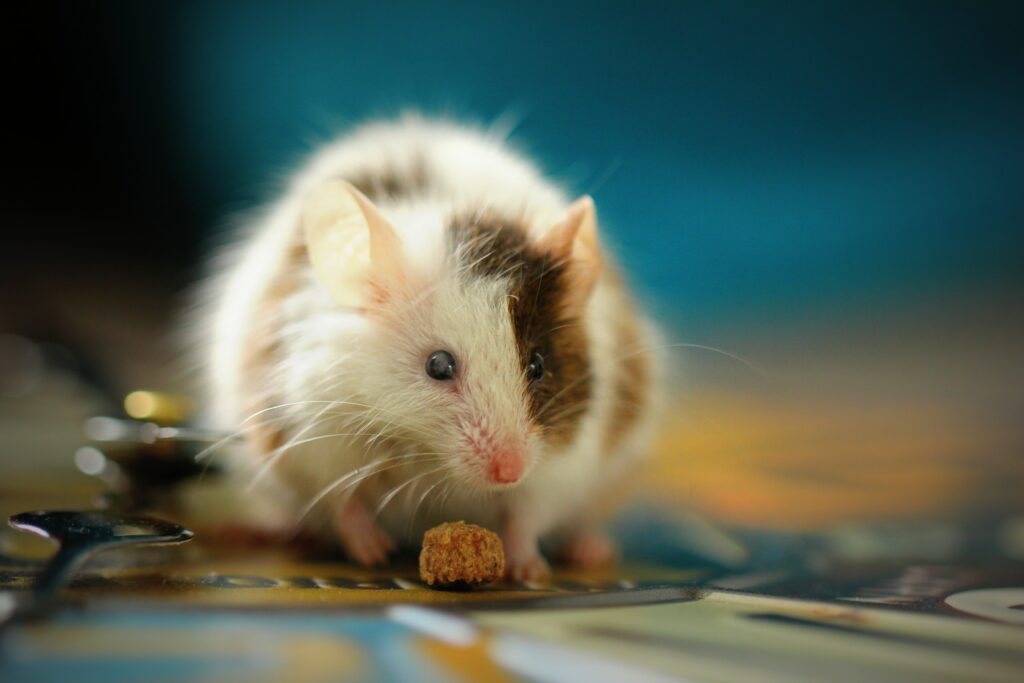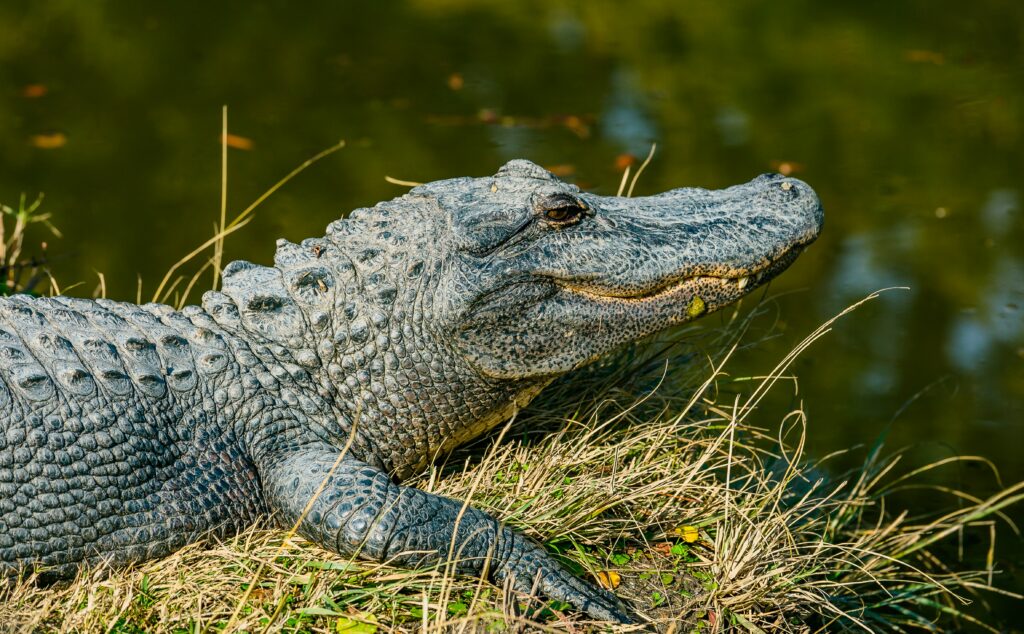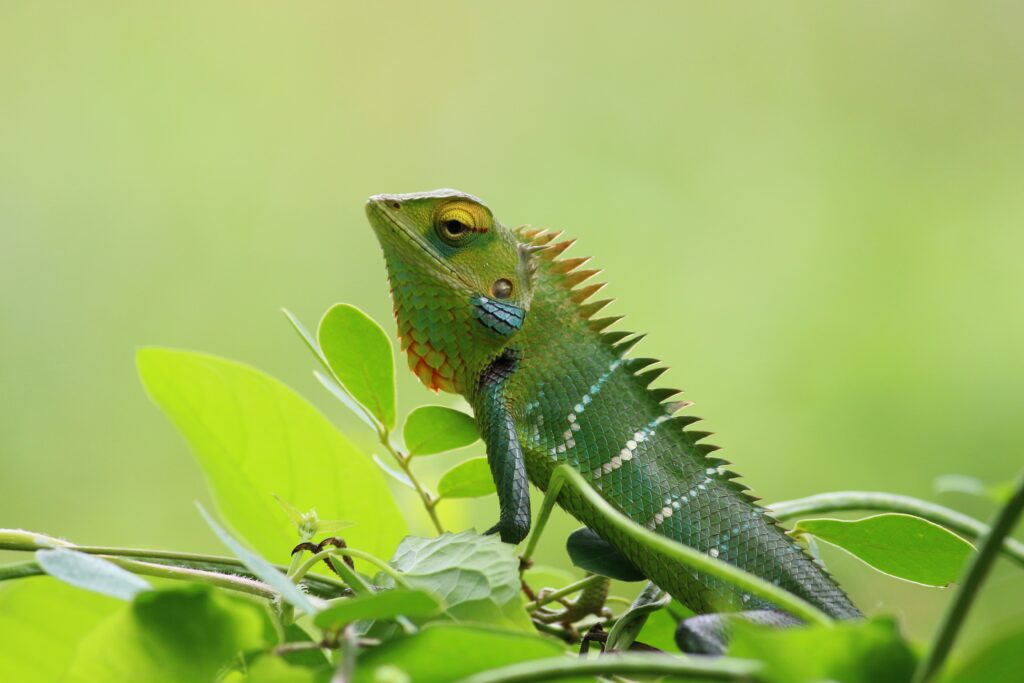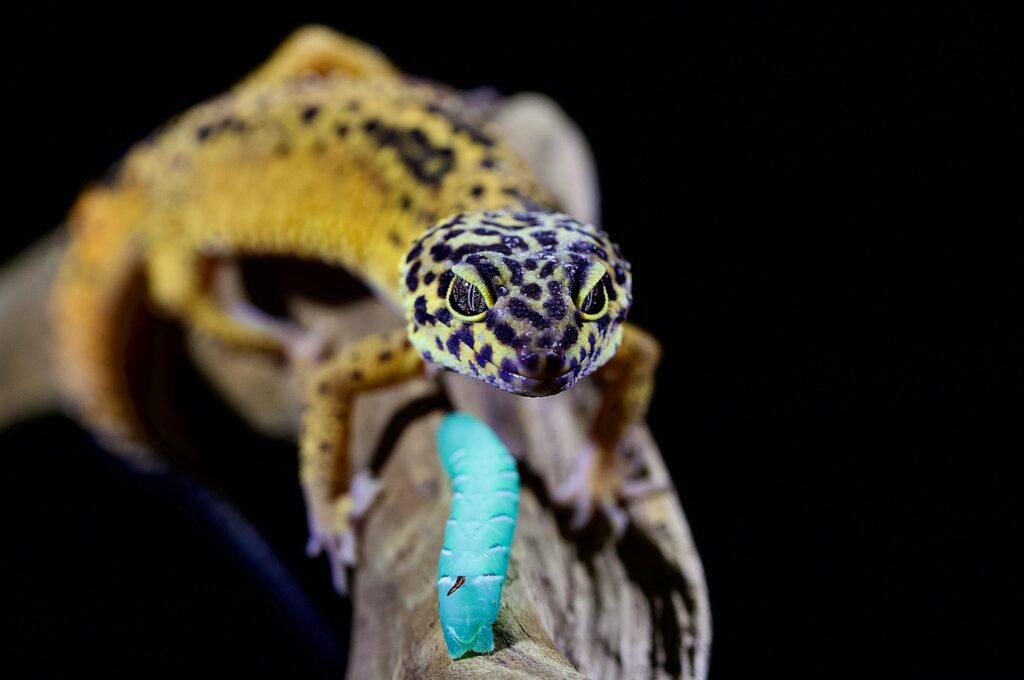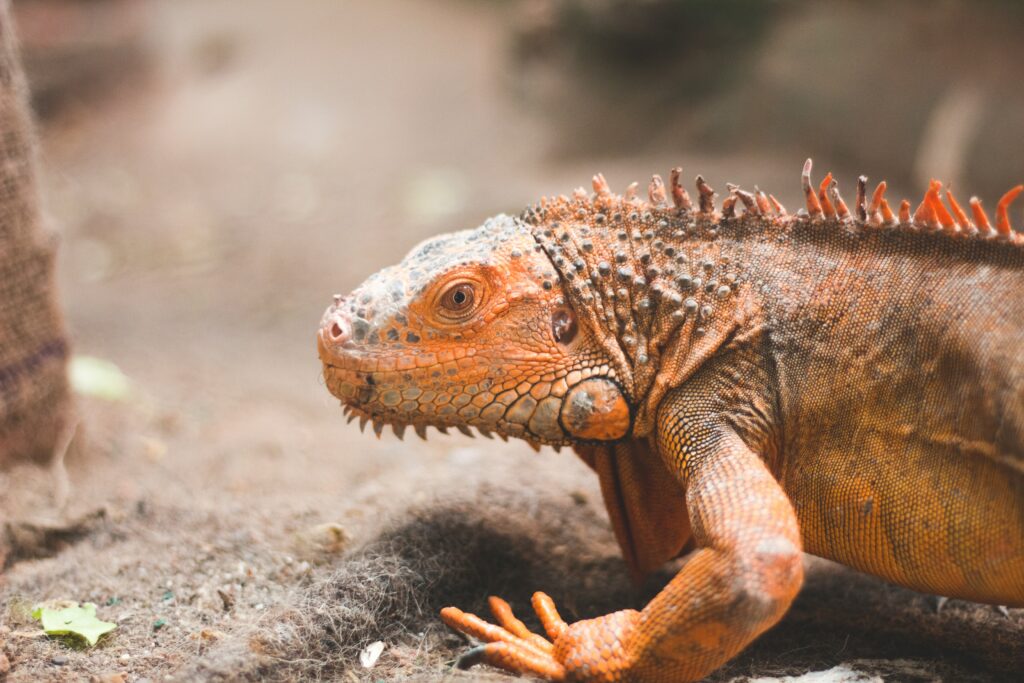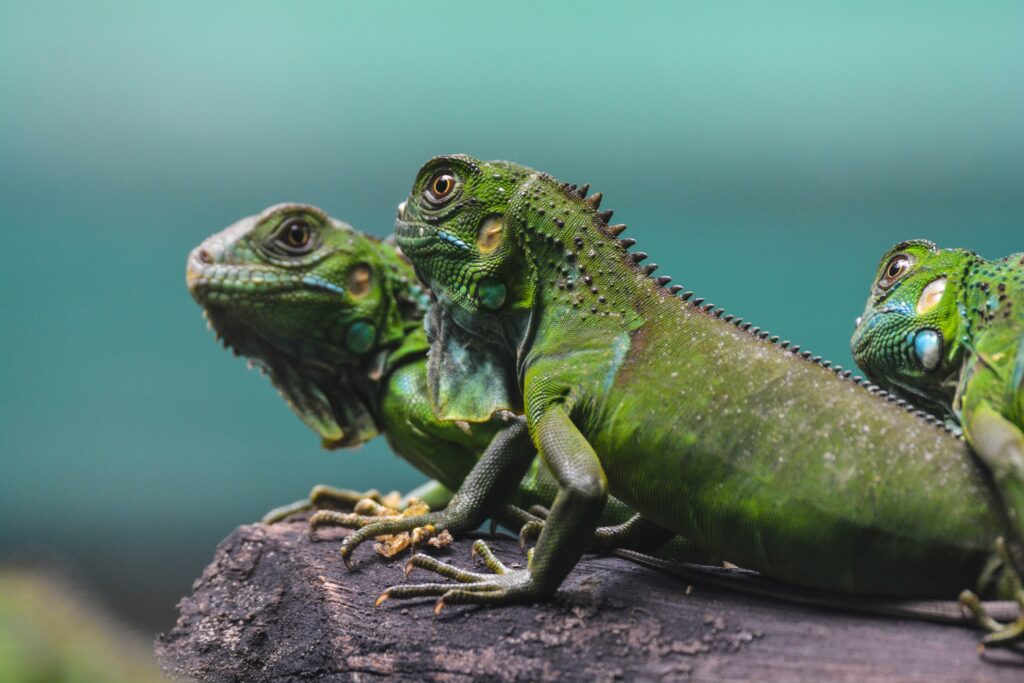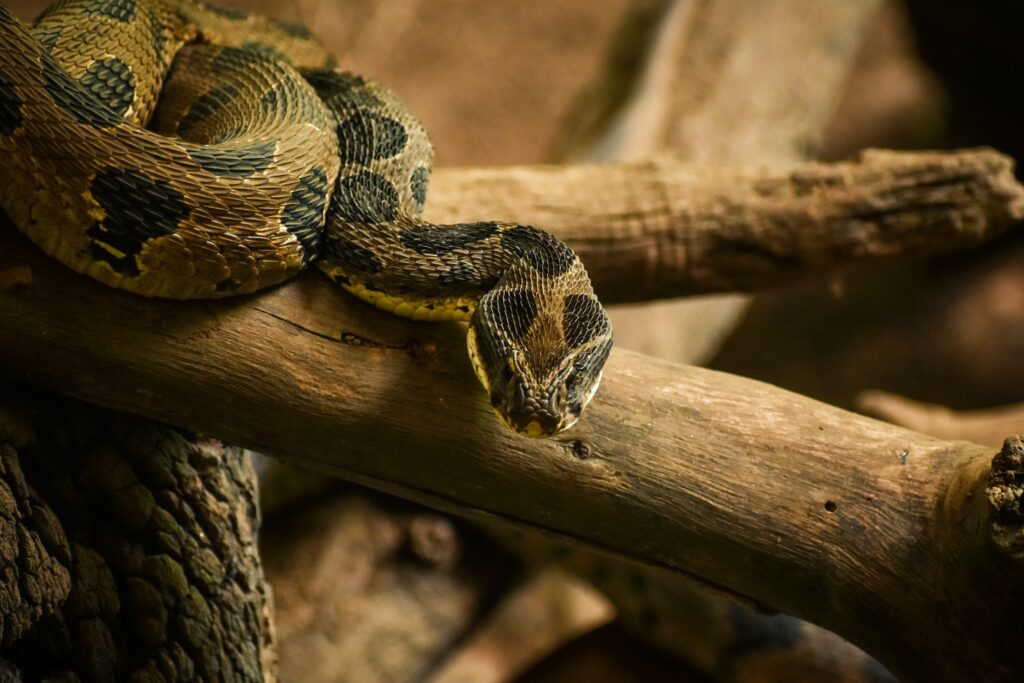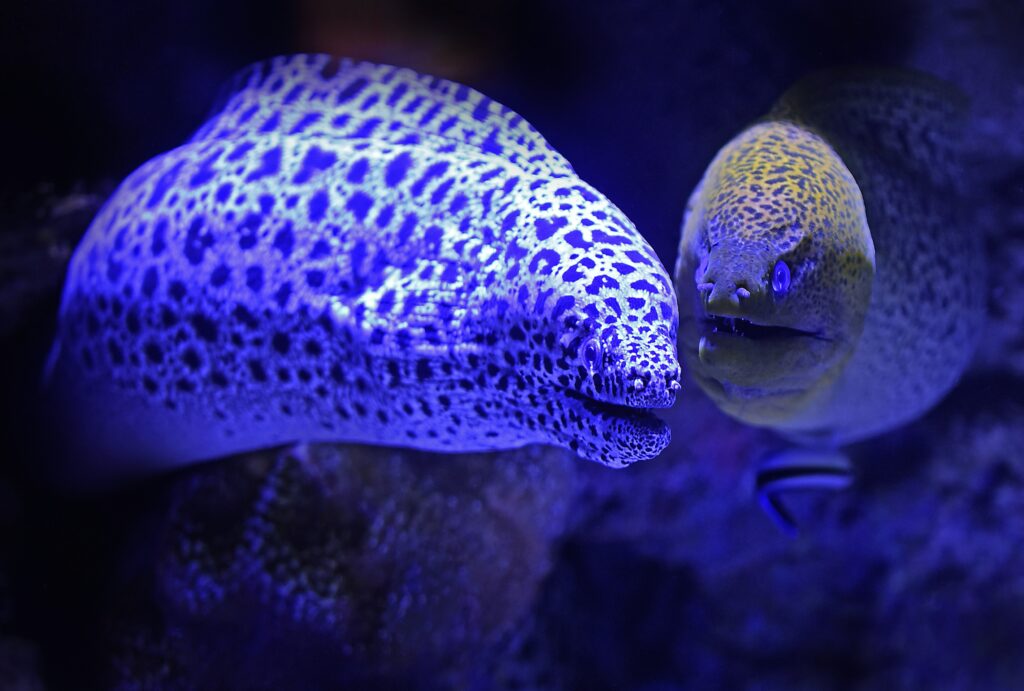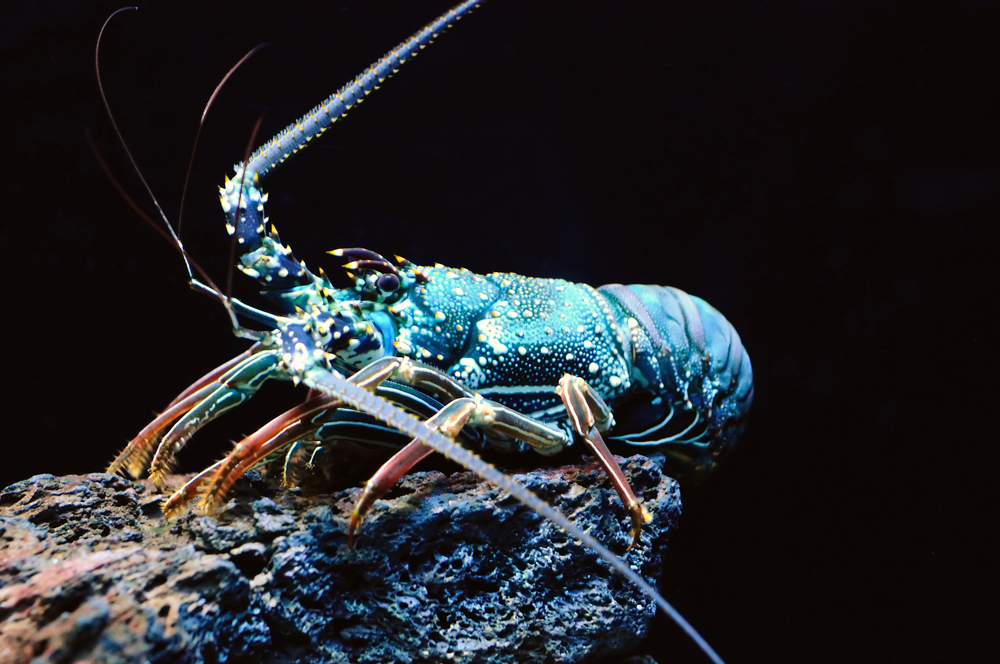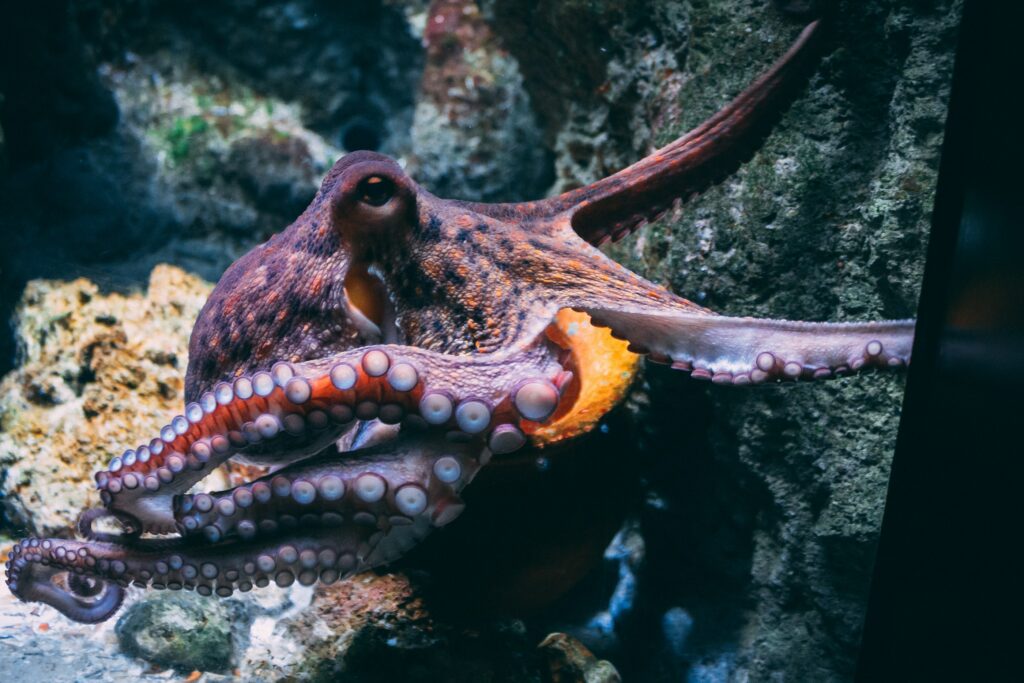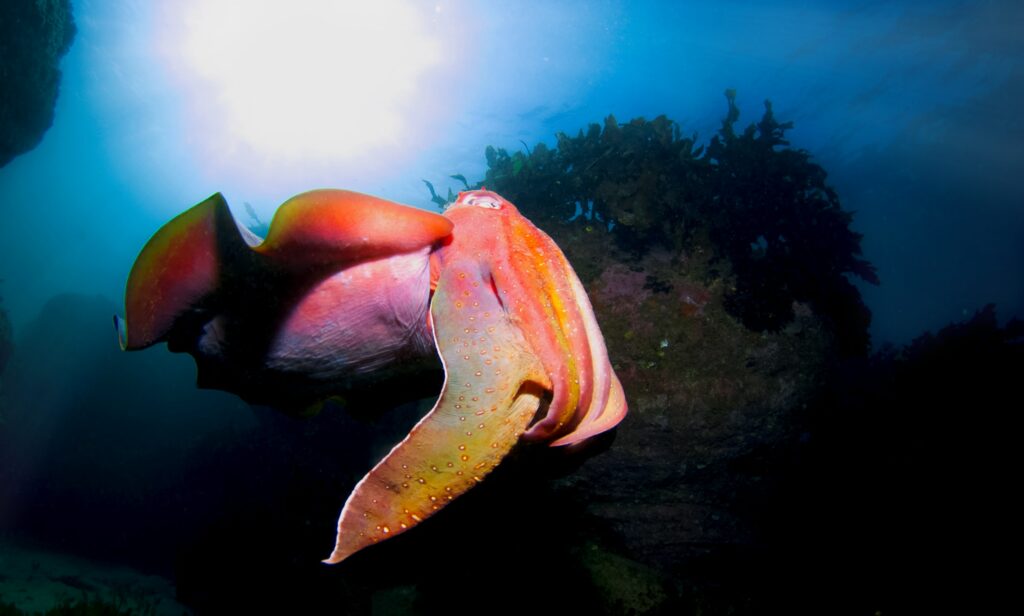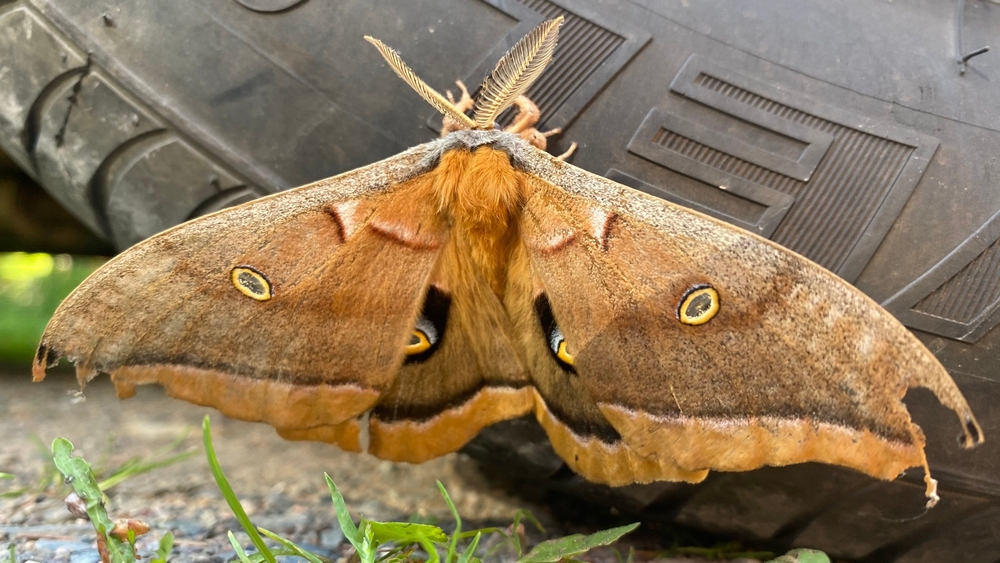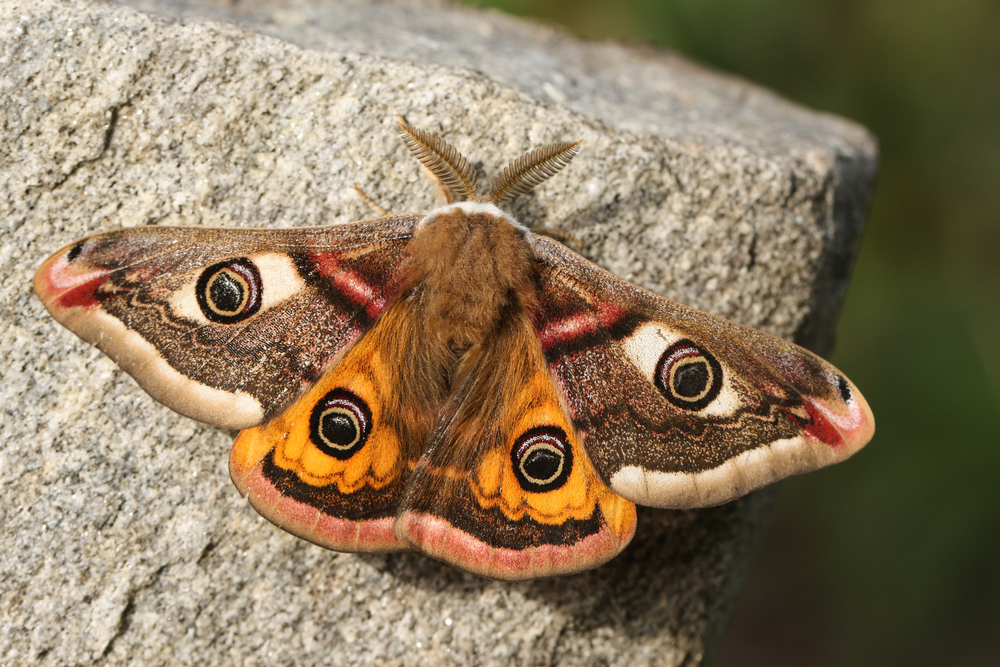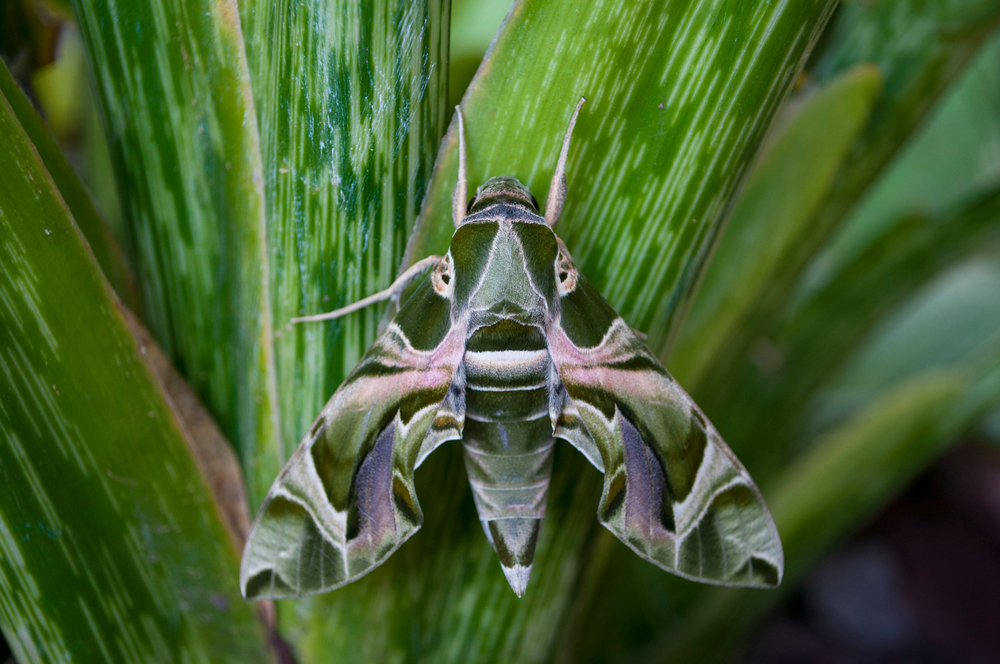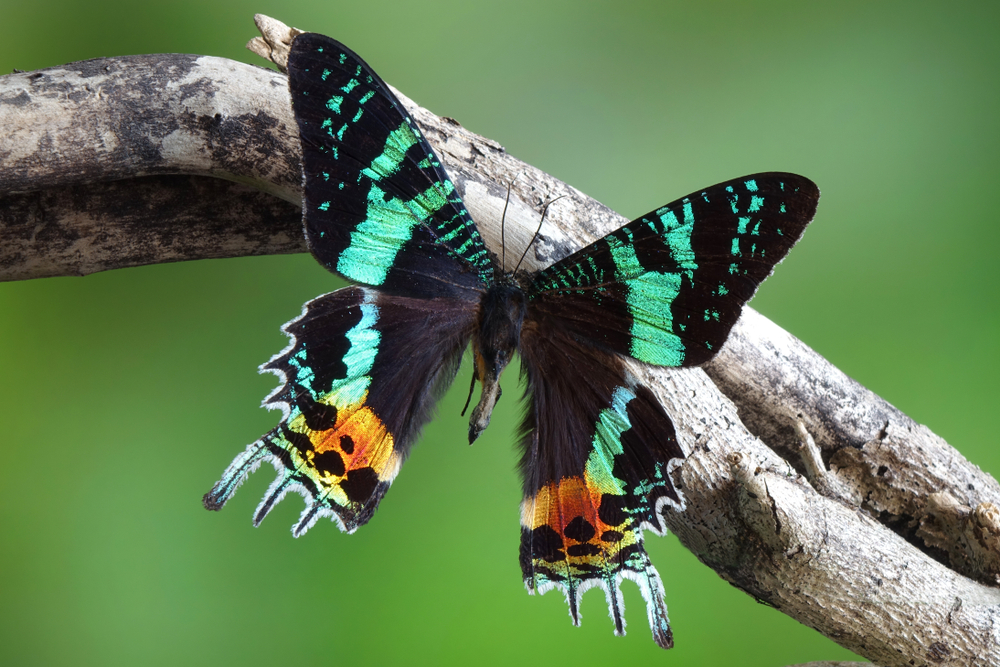The Polyphemus Moth (Antheraea polyphemus) is closely related to other giant silk moths in the Antheraea genus, such as the Indian Moth (Antheraea mylitta) and the Japanese Oak Silkmoth (Antheraea yamamai). It is also part of the Saturniidae family, which includes the Luna, Cecropia, and Atlas Moths.
About
The Polyphemus Moth (Antheraea polyphemus) is one of North America’s largest and most striking silk moths. Belonging to the family Saturniidae, it is named after the cyclops of Greek mythology due to the prominent eye-like spots on its hindwings. With a wingspan reaching 100 to 150 millimeters (4 to 6 inches), this moth is a true giant of the night sky. Its wings are a soft tan to reddish-brown, bordered with wavy lines, and the hindwings feature large, transparent “windows” surrounded by bright yellow and black, designed to startle predators.
Like many silk moths, adults are short-lived, surviving only about a week. They lack functioning mouthparts and do not feed, devoting their brief lives to reproduction. Males are especially adept at locating females, using their large, feather-like antennae to detect pheromones from miles away.
The life cycle begins in spring or summer when females lay clusters of eggs on host plants. The caterpillars, initially small and green, grow into thick, bright green larvae adorned with silver spots and reddish knobs. They feed on a wide variety of trees and shrubs, including oak, maple, birch, willow, and apple. By late summer, mature caterpillars spin tough, silken cocoons, often attached to twigs or hidden among leaf litter, where they overwinter before emerging as adults the following year.
The Polyphemus Moth plays an important role in ecosystems as both a consumer of foliage during its caterpillar stage and as prey for birds, bats, and small mammals. Despite their size and beauty, these moths are common across most of the United States and southern Canada. Their dramatic eye spots and ephemeral adult life have made them enduring symbols of transformation and mystery in the natural world.
Physical Characteristics
The Polyphemus Moth (Antheraea polyphemus) is one of North America’s largest and most impressive silk moths, belonging to the Saturniidae family. Its sheer size and dramatic eyespots make it highly distinctive.
Wings: Adults boast a wingspan of 4 to 6 in (10 to 15 cm), making them among the largest moths in North America. The wings are reddish-brown to tan with scalloped edges and subtle lines. Each forewing carries a small transparent eyespot, while the hindwings feature large, bold eyespots with yellow, black, and blue rings—designed to startle predators when displayed.
Body: The body is thick and furry, usually covered in reddish-brown or tan scales. Its robust thorax supports strong flight muscles, although adults live only briefly.
Antennae: Males have large, feathery antennae that are highly sensitive to female pheromones, while females have thinner, less elaborate antennae.
Proboscis: Adults lack functional mouthparts and cannot feed, living entirely on energy reserves built up during the larval stage.
Caterpillars: Larvae are bright green with silver spots along their sides and thin reddish lines running across each segment. They grow very large—up to 3 to 4 in (7.5 to 10 cm)—and are known for their heavy feeding on a wide variety of trees, including oak, maple, birch, and willow.
The Polyphemus Moth’s combination of immense size, bold defensive eyespots, and striking green caterpillars makes it one of the most recognizable and admired moths across its range.
Reproduction
The Polyphemus Moth (Antheraea polyphemus) has a reproductive cycle focused on ensuring successful mating and egg-laying within its very short adult lifespan.
Mating and Courtship: Adults emerge from their cocoons in late spring or early summer. Males, guided by their large, feathery antennae, can detect female pheromones from several miles away. Once located, mating typically occurs at night and may last several hours.
Egg Laying: After mating, females begin depositing eggs the following evening. Eggs are laid singly or in small clusters on the leaves of host trees, including oak, maple, birch, willow, and hickory. A female can lay several hundred eggs during her short life.
Larval Development: Eggs hatch within 10 to 14 days. Caterpillars emerge as small, yellowish-green larvae and quickly begin feeding. They pass through five instars, growing into large, bright green caterpillars up to 4 in (10 cm) long, marked with silver spots and reddish bands.
Pupation: Mature larvae spin tough, oval-shaped silk cocoons, often attached to twigs or leaves. Inside, they transform into pupae. In warmer climates, adults may emerge in the same summer, producing a second generation. In cooler regions, the pupae overwinter, with adults emerging the following spring.
Adult Lifespan: Adults live only 4 to 7 days. With no functional mouthparts, they cannot feed; their only purpose is reproduction before death.
The Polyphemus Moth’s reproductive cycle relies on its ability to produce large numbers of eggs and the remarkable sensitivity of males to locate females quickly, ensuring success within their fleeting adult stage.
Lifespan
The Polyphemus Moth (Antheraea polyphemus) has a life cycle that balances a short adult life with longer larval and pupal stages.
Egg Stage: Eggs hatch in about 10 to 14 days, depending on temperature and season.
Larval Stage: Caterpillars feed heavily for 5 to 6 weeks, growing through five instars until they reach full size. This is the primary growth stage of the species.
Pupal Stage: Inside their tough, oval silk cocoons, pupae may develop for 2 to 3 weeks in warm conditions, producing a second generation in the same year. In cooler climates, pupae enter diapause and overwinter, with adults emerging the following spring. This stage can last 6 to 9 months.
Adult Stage: Adults live only 4 to 7 days. During this brief time, they do not feed and survive solely on stored energy reserves, dedicating all activity to mating and reproduction.
Overall Life Cycle: From egg to adult death, the cycle spans about 2 months in warm regions with multiple broods, or nearly a full year in cooler regions where overwintering pupae are common.
The Polyphemus Moth’s extremely short adult life contrasts with its longer juvenile stages, a strategy that ensures reproduction despite the limited time adults have to survive.
Eating Habits
The Polyphemus Moth (Antheraea polyphemus) shows a complete divide between its larval and adult feeding behaviors.
Larvae (Caterpillars): Caterpillars are voracious feeders, consuming the leaves of a wide variety of hardwood trees and shrubs. Common host plants include oak, maple, birch, willow, hickory, and apple. Their rapid feeding allows them to grow quickly, reaching lengths of up to 4 in (10 cm). During this stage, they store up the energy reserves needed for pupation and adulthood.
Pupae: While in their silken cocoons, pupae do not feed. They survive entirely on reserves accumulated during the caterpillar stage.
Adults: Adult Polyphemus Moths have no functional mouthparts and cannot eat. They live solely on the energy stored during the larval stage. Their adult life, lasting less than a week, is dedicated entirely to reproduction.
This sharp contrast—intense feeding as larvae and complete fasting as adults—is characteristic of giant silk moths, ensuring that the energy gathered in youth sustains them through their short but critical adult stage.
Uniqueness
The Polyphemus Moth (Antheraea polyphemus) stands out as one of North America’s most iconic silk moths, with remarkable traits that make it both visually striking and biologically fascinating.
Massive Size: With a wingspan reaching 6 in (15 cm), it is among the largest moths in North America, rivaling other giant silk moths like the Luna and Cecropia Moths.
Dramatic Eyespots: Its hindwings feature enormous, colorful eyespots with black, yellow, and blue rings surrounding a transparent “window.” These spots mimic the eyes of predators, startling birds and other threats when the moth suddenly flashes them.
Transparent Wing Windows: Both forewings and hindwings carry clear “windows,” adding to its distinctive appearance and serving as a defense adaptation.
Sexual Dimorphism: Males and females look similar, but males are distinguished by their large, feathery antennae, which can detect female pheromones from miles away. Females have narrower, less feathery antennae.
Short Adult Life: Like other silk moths, adults live less than a week and cannot feed, devoting their energy exclusively to reproduction. This fleeting existence adds to the moth’s mystique.
Wide Host Range: Unlike some silk moths that rely on specific plants, Polyphemus caterpillars feed on many tree species, giving them a broad ecological range across North America.
The Polyphemus Moth’s combination of immense size, stunning defensive eyespots, and ephemeral adult life makes it one of the most unique and awe-inspiring moths in the natural world.
Be the First to Share Photos of This Species.
FAQ’s
1. What species is closest to the Polyphemus Moth?
2. How does the Polyphemus Moth compare to other species in the same family?
Within the Saturniidae family, the Polyphemus Moth is medium to large in size, with a wingspan of up to 6 in (15 cm). While not as large as the Atlas Moth, it is comparable to the Luna and Cecropia Moths. Its most distinctive feature is its bold, colorful hindwing eyespots, which are larger and more dramatic than those of many of its relatives.
3. What national parks provide the best opportunities to see a Polyphemus Moth?
Polyphemus Moths are widespread across North America and can be seen in forests, woodlands, and suburban areas. National parks such as Shenandoah National Park (Virginia), Great Smoky Mountains National Park (Tennessee/North Carolina), and Acadia National Park (Maine) provide good habitats for spotting them.
4. In what parts of the world can you find a Polyphemus Moth?
This species is native to North America and can be found throughout Canada, the United States, and into parts of Mexico. It thrives in areas with abundant hardwood trees, which serve as caterpillar host plants.
5. How many types of Polyphemus Moth are there?
There is only one recognized species, Antheraea polyphemus. However, the Saturniidae family contains over 1,400 species of giant silk moths worldwide, many of which share large size, furry bodies, and dramatic wing patterns.
